|
Singing with our children is one of the greatest gifts that we can give them. Singing helps us to know, delight in, and praise God. Singing brings joy to our days like no other activity can. Singing together builds a unique and lasting family bond. When you sing together, you cannot help but feel filled with praise, completely joyful, and connected with each other! PRAISE Charlotte Mason says "The Habit of Praise.--Perhaps we do not attach enough importance to the habit of praise in our children's devotion. Praise and thanksgiving come freely from the young heart; gladness is natural and holy, and music is a delight. The singing of hymns at home and of the hymns and canticles in church should be a special delight; and the habit of soft and reverent singing, of offering our very best in praise, should be carefully formed." (Vol. 3 p. 143) In our home, we begin our Morning Time with hymn study. We use Simply Charlotte Mason's "Singing the Great Hymns" compiled by Jordan Smith. It is so simple. We pick one hymn to learn and practice it each day. Once we know that hymn well, we add on another. Each day we then practice our new hymn to be learned along with the hymns we already know well. Once we know all the hymns well in the group, we begin learning and practicing a new group. (The hymns are divided into 12 groups with six hymns in each.) We try to learn about one group of hymns each year. JOY Some days do not begin exactly the way I had planned. Some days, we are not always in our very best moods. However, when we begin to sing together, everything changes. Our hearts just fill up with a happiness that you can feel almost instantly. It is like you cannot even help it. What was, just moments ago, bothering us or giving us trouble floats away with the music. More than once, I have felt transformed from either sadness, anxiousness, or anger to a great feeling of joy while singing with my children. "When we sing from our heart, whether to accompany a task at hand, to bring our child's attention to something, or purely for the joy of sharing a song together, we can awaken a deep and joyful place in our souls that only music can touch." (Sing a Song of Seasons by Mary Thienes Schunemann) Singing is joyful! I find that singing while doing chores, brings joy to the work. I try to sing while washing the dishes and folding the laundry. I hope, too, that my children see me enjoying my work, because I want them to know that work in the home is good and joyful. When we bake bread we sing our bread-baking song together. When we chop vegetables for soup, we sing our chopping song. If we must complete a task that we do not really want to do, we may add a little song to go with it. Audrey used to hate having her hair brushed, so I sang a little song while brushing. It may have helped put a little smile on her face. We use singing in our celebrations too. We sing songs to celebrate the seasons. We sing songs about bunnies and flowers and rain in the spring. We sing songs about bees and fireflies and the sun in summer. We sing about apples and leaves and squirrels in the fall. We sing about snow and ice and the cold in winter. When we sing favorite songs year after year, our children learn to celebrate the beauty of our world. They learn the importance of these changes in season. They feel a comfort in the repetition and knowing that the flowers and the warmth and the green will come back every spring after each long, cold winter. They will feel the comfort in knowing that we will sing about these magnificent things year after year. They will feel the joy of these simple yet wonderful natural rhythms in our world and the joy of singing about them. My children are always looking forward to the next season and the songs that they know we will be singing. Many of our favorite songs come from "Sing a Song of Seasons" and "This is the Way we Wash a Day" from the Singing with Children Series by Mary Thienes-Schunemann. FAMILY BOND Singing together as a family builds a strong bond. It helps us feel close and connected. When we sing, we feel the love of our family. Singing helps us to show our love for each other and share our love with each other. Each day, when our morning lessons are done and before we go outside to play, we come together to recite a few poems and sing a few songs in celebration of the season or time of year. For example, in the fall we spend a week celebrating and learning about squirrels with stories, art, poems, and song. As we sing together we are very near each other. We look in each other's eyes. We smile together. We laugh together. We are close, close enough to touch. We may hold hands. One of the little ones may sit in someone's lap. It really helps us connect with each other. Now, you should know, I am not a trained singer. In fact, I do not think I am a very good singer at all. But I sing anyway. I do not think you have to be an amazing singer to sing every day with your children. The most important part, is to just get everyone singing and enjoying it.
0 Comments
There is something magical and amazing about these tiny birds. Their colors are vivid. Their feathers are iridescent. They look like little jewels glistening in the sun. We have studied hummingbirds up close with friends during our weekly nature study, and we have watched them just outside our schoolroom window. If fact, hummingbirds have quickly become one of our favorite backyard visitors. We set out a hummingbird feeder and planted a few plants and flowers that attract hummingbirds, and now we get to see them flying around and sipping nectar every day as we do our lessons. We marvel at their fast moving wings and their ability to hover in mid-air. We spent some time learning about and celebrating hummingbirds. Here is what we did... 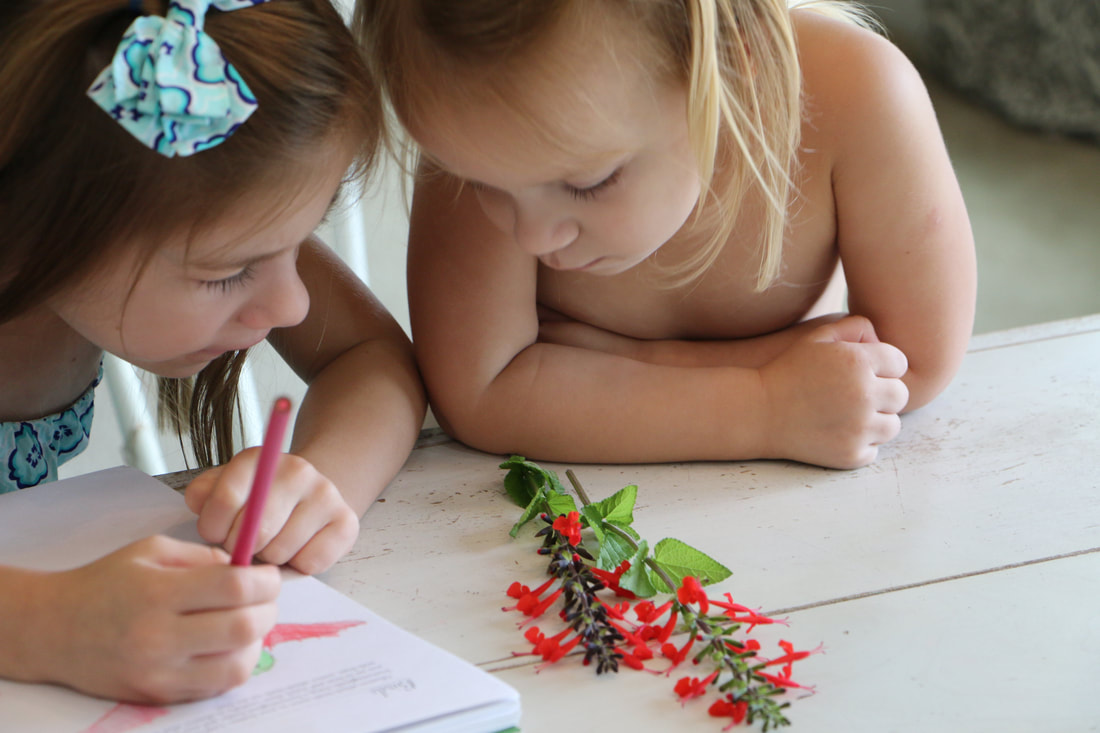 We studied the the red salvia, one of the hummingbirds' favorite flowers from our garden. We have watched the hummingbirds stick their long tapered bills into these flowers many times. So we took a closer look and noticed the flowers's trumpet-shape and discussed how the hummingbirds might get the nectar from deep inside these flowers. 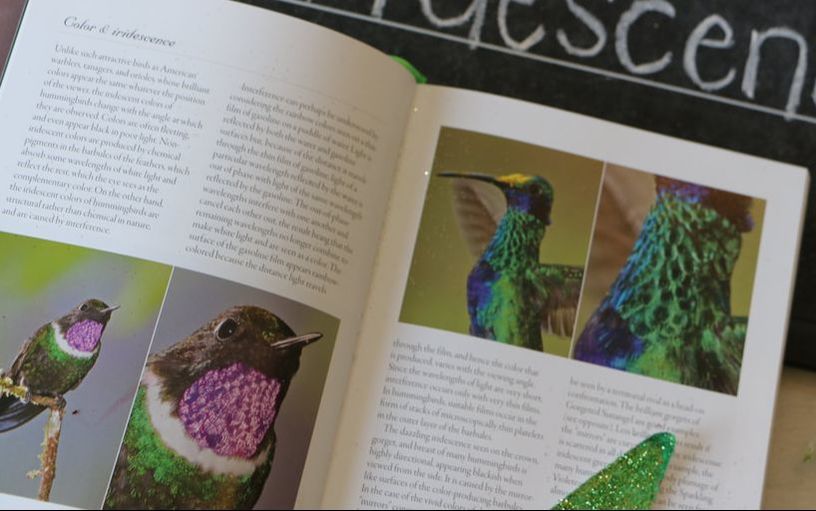 This is an up-close look at our favorite hummingbird book, Hummingbirds: A Life-Size Guide to Every Species. This book is filled with interesting and important information on hummingbirds. It also has beautiful life-size photographs of over 100 of the 130 different kinds of hummingbirds in the world. It includes a map of where each hummingbird lives. Sunflowers always remind me of late summer and the gradual coming of fall. So why not celebrate these big happy flowers? We have always loved planting sunflowers in our backyard. Just their size and sunniness, make them a garden favorite! Although we love to plant the Mammoth ones because they get so tall, we also love to plant and grow other varieties in different sizes and colors. Another thing we love about the sunflower is the seeds. The seeds definitely attract the birds, and we enjoy watching them, especially the goldfinches. They perch on the sunflowers and eat the seeds. It is always an entertaining and beautiful sight to see! We read the book From Seed to Sunflower. Then we learned how to draw sunflowers using our chalk pastels. We also read Sunflower House by Eve Bunting and painted sunflowers using watercolors and thin black pen.
To continue our celebration of flowers, today we read Usborne Beginners: How Flowers Grow and made flower petal play dough.
We made the play dough using our basic 5 ingredient no-cook play dough recipe. We then added a little light green food coloring and mixed in some pretty flower petals. I set the play dough out on the table along with some fresh cut flowers and a few of our favorite flower books for ideas and inspiration. The Usborne Beginners: How Flowers Grow is a simple introduction to flowers. We learned about different kinds of flowers, where they grow, pollination, seeds, how they spread, and flower parts. Here is how we enjoy more restful history lessons. We do our history lessons all together as a family. I try to create an inviting atmosphere by spreading out pictures from our history books on the table that go with the day's lesson. I believe that this encouragaes deeper thinking on the lesson. It also encourages my children to ponder and wonder. I offer tea and treats, milk and cookies, or juice and baked goodies with each history lesson. I think this promotes an atmosphere of rest and communion.
We follow the Lectio, Meditatio, Compositio Liturgy: 1. Lectio (read)- gather, collect 2. Meditatio (meditate)- digest, pray, contemplate, discuss 3. Compositio (compose)- produce, create Lectio First, we read a chapter from our history book. As I read aloud the chapter, my children sit and listen or sometimes color a coloring page to go with the story. We also look at maps and pictures from that time in history. I really like using the Usborne Encyclopedia of World History, DK Smithsonian History: From the Dawn of Civilization to the Present Day, DK Smithsonian Children's Encyclopedia of American History, and other beautiful children's books. Meditatio When the chapter is done, I have the children narrate it (tell it) back to me. This is the digesting part. It is the taking of ideas and facts from the chapter and letting them become a part of us enough so that we can tell it back in our own words. Each child may take a turn narrating the entire chapter back one at a time, or one child will start, and then I will ask the other children to add to it. I may ask leading questions to help the narration along if necessary. This narrating naturally leads us into a deeper discussion of the chapter. We often talk about the most interesting or important parts. It also naturally leads us to making connections with other times and places in history. Compositio Finally, my children draw a picture in their own blank-page lesson book to go with the story. They use pencils, colored pencils, and/or crayons to create their drawings. (If needed, they look to the coloring page or other history picture books for ideas and inspiration.) We then work together to compose a few sentences that summarize the most important parts from what we read. I write the sentences on the board. My children copy these sentences into their lesson books on the page with their drawing. My older children may compose an extra sentence that goes into more detail. An Ordered Education I believe that when we follow this lesson liturgy, we are teaching our children more than just the history. We are teaching them that learning is about taking our time and that good learning takes time. We are not rushing through just to get it done and check it off our list. We are slowing down and savoring the history of our world. We are reading. We are narrating. We are thinking. We are creating and composing. I believe that when I do our lessons in this way, I am cultivating a love of history and a love of learning. I am helping to order my children's affections. I am giving my children an ordered education. The Story of the World We use The Story of the World by Susan Wise Bauer. It is a chronological history narrative in four volumes. We plan to read through one volume each year. After I read through all four volumes, I plan to circle back around to the beginning and start over. As my children reach school-age, about 6 years old, they will join in the history lesson at whatever point we are at in the history timeline. That way, all my children will do all four volumes at least once or twice. My children will get the benefit of hearing the story of history when they are very young and continue hearing it as they get older and older. I believe that The Story of the World is perfect for all ages, grades K-8. Depending on their age, all children will get something from each lesson, each according to his or her own level and ability. Like Charlotte Mason said, we are spreading the feast in front of our children. Each child will take what he or she can from it. They will fill up on the ideas and facts that are fitting to them. I also like to use The Story of the World Activity Book. It has questions to ask, if you need a little extra help leading the narration and discussion. It also has a sample narration. I often use this to help us in coming up with our history sentences. The activity book also has coloring pages and map work to go with each chapter. What you teach during a lesson is important. But how you teach that lesson is just as important. How we teach a lesson makes a huge impact on our children and their learning. I want my children to know that learning is about discovering and delighting in God and His creation. I want them to know that learning is about slowing down and digging in deep, not rushing through it to get it done and move on. I want them to know that learning is to be enjoyed and savored.
How can I help my children understand all of that? It all comes down to how we teach our lessons. We need to think about the kind of message we send our children with the way we teach a lesson. There is a form that we can follow, a structure that we can put in place, a liturgy for our lessons that will show our children over and over again what learning ought to be, what learning is really all about. I first discovered this liturgy when listening to Jenny Rollins speak on "The Liturgical Classroom and Virtue Formation". It has changed the way I think about the lessons I teach. In Latin, this liturgy is lectio, meditatio, compositio, or read, meditate, compose. 1. Lectio (read)- gather, collect 2. Meditatio (meditate)- digest, pray, contemplate, discuss 3. Compositio (compose)- produce, create This can be explained using a metaphor for honey making. To make honey, a bee must first gather the nectar. Then, it must digest the nectar. Finally, the bee can produce honey. If we follow this liturgy, this form or order, during our lessons, we are teaching our children that learning is about first gathering or collecting ideas and information. Then, digesting the ideas and information through thinking deeply and carefully. Finally, we can produce, create, or compose something with the ideas and information. This liturgy can be used in teaching any subject from history to science to literature. In my next posts, I will give specific ideas and details about how we can implement this liturgy for our lessons, one subject at a time. This week, we are celebrating flowers! One of our very favorite books to read during this time is Miss Rumphius by Barbara Cooney. Miss Rumphius reminds us to do what we can to make the world a more beautiful place. In the story, she does this by planting lupine flower seeds everywhere she goes.
We painted our own very beautiful lupines with tempera paint and our fingers. You never outgrow finger paining, right? I love the fact that we can study the wildflowers in the spring, then again in the summer, and again in the late summer and see different wildflowers each time. The late summer wildflowers that are blooming right now completely grabbed our attention. We found beautiful shades of purple, golden yellow, and white. We brought them indoors and created a small arrangement with them. Now we can enjoy them and look at them more closely. 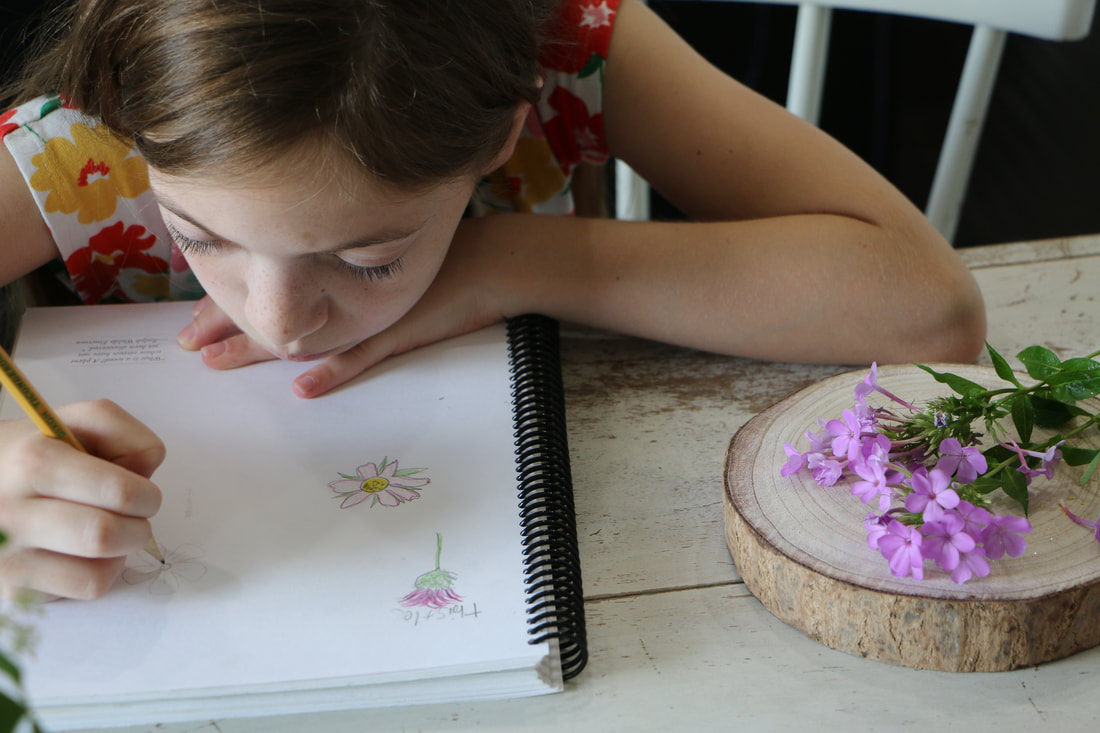 Audrey draws the fall phlox in her nature journal. Audrey draws the fall phlox in her nature journal. Our late summer wildflower study has taught us to notice the details, make note in our nature journals, name the wildflowers, and know that God has created a world filled with beauty!
One way we create order in the days of our week is by creating a rhythm of work. We call it our morning work. Each day is given its own work to be done. Monday is baking day. Tuesday is Classical Conversations community day. Wednesday is soup making day. Thursday is washing day. Friday is ironing day. Saturday is cleaning day. Sunday is church day, our day of rest. Having this sort of order or rhythm to our work and in our week creates a simplicity and a reliability that helps us move from day to day in a smooth and easy sort of way. It helps us feel comfort and joy in the simple. We all know what to expect each day and we look forward to it. It helps us to celebrate the caring and keeping of our home. It teaches my children the importance of the home and the importance of helping in the home as well. So, if you are in need of a little more order to your weeks, maybe you could try adding in a morning work rhythm. I love it too, because it is sort of old-fashioned. Remember the days of work in Little House in the Big Woods by Laura Ingalls Wilder?
"Wash on Monday, Iron on Tuesday, Mend on Wednesday, Churn on Thursday, Clean on Friday, Bake on Saturday, Rest on Sunday." And if you know me, you know I love all things old-fashioned! Summertime is the perfect time of year to celebrate bees and honey! We love to watch as the bees stop at each flower in our garden. They are so very busy collecting nectar, we observe. We notice their fuzzy little legs covered in yellow pollen too. We record what we see in our nature journals. We spend time reading beautiful books about bees aloud. We record our learning in our nature journals as well. It is also a long-standing tradition to bake buttermilk biscuits and enjoy them with honey made by the bees. We have a few favorite bee songs that we love to sing and bee poems that we love to recite each day before we go out to play. We craft super simple yarn-wrapped pine cone bees together, and we make our very own homemade beeswax candles. They smell so sweet! When we burn them, they remind us of our friends, the bees. 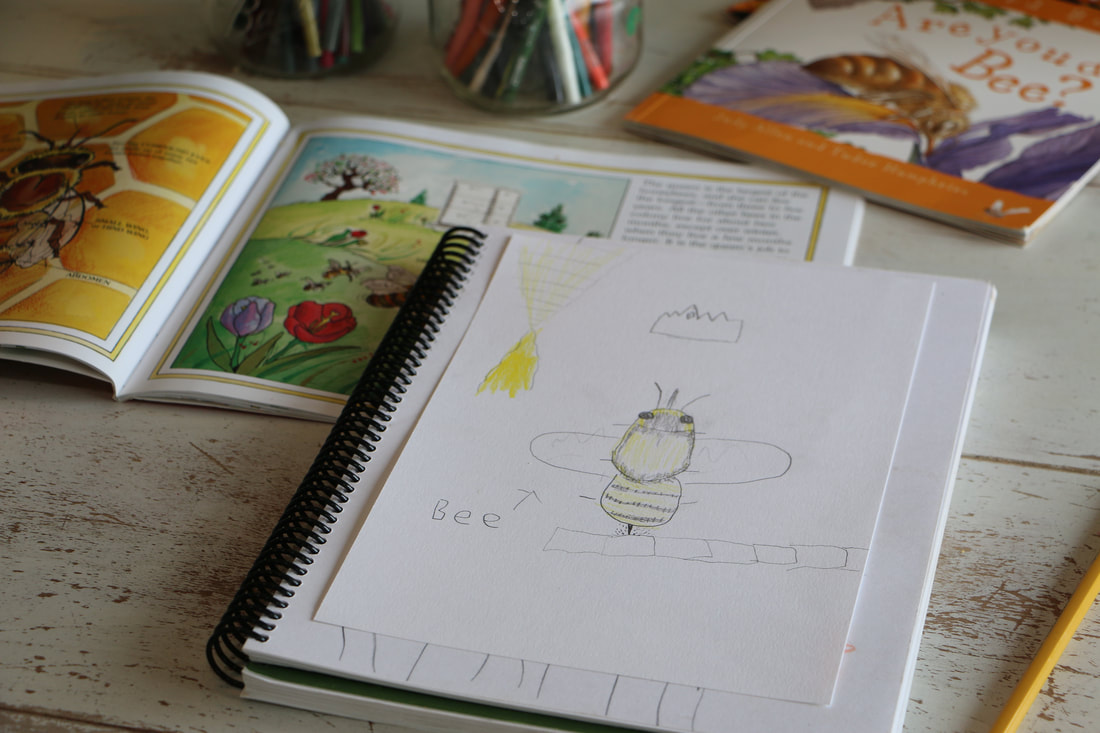 Beautiful Picture Books on Bees and Honey
Song
Poem Zooma Zooma Zee Busy, busy bee Sipping at the flowers In the summer hours Finger Play Here is the little beehive Where are the bees? Hidden away where nobody sees Soon they come creeping out of the hive One, two, three, four, five |
AuthorHi, I'm Allison! Wife, mother to four sweet babies. Archives
March 2019
Categories |
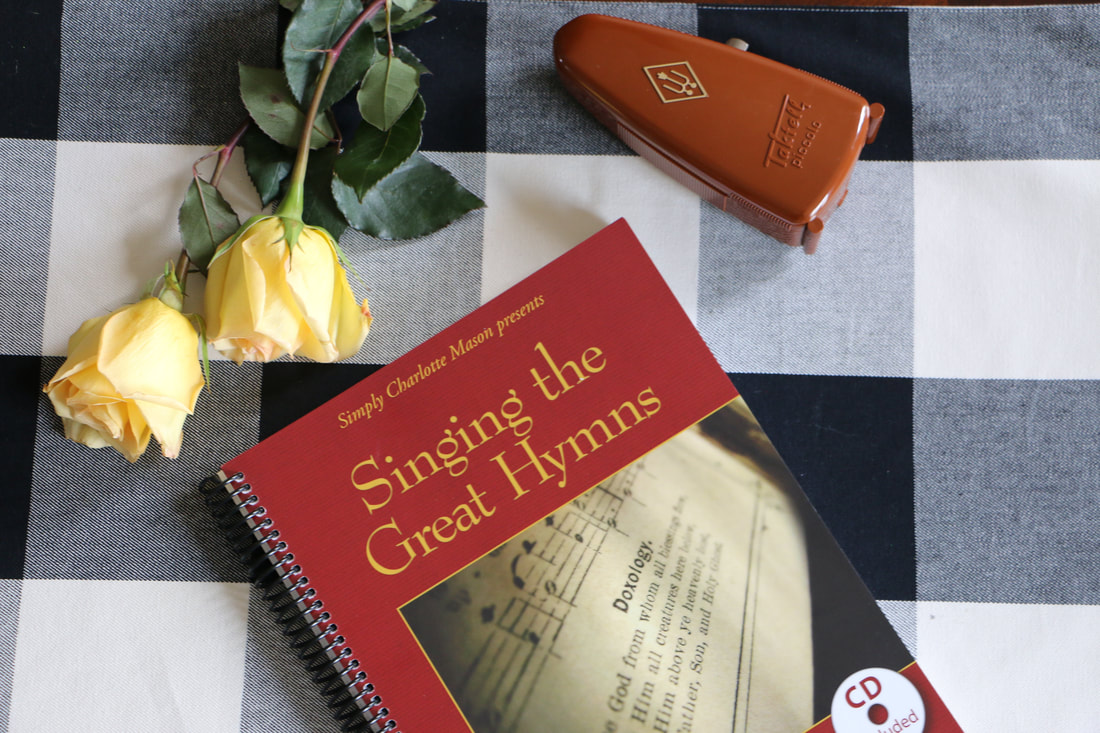
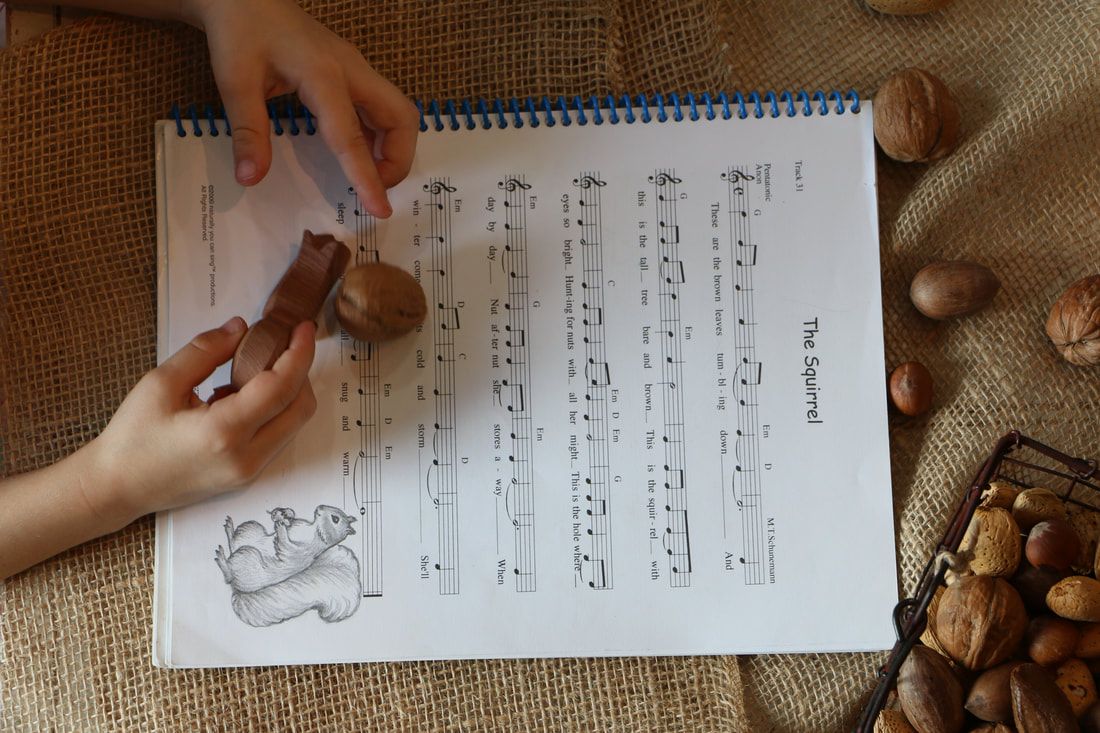
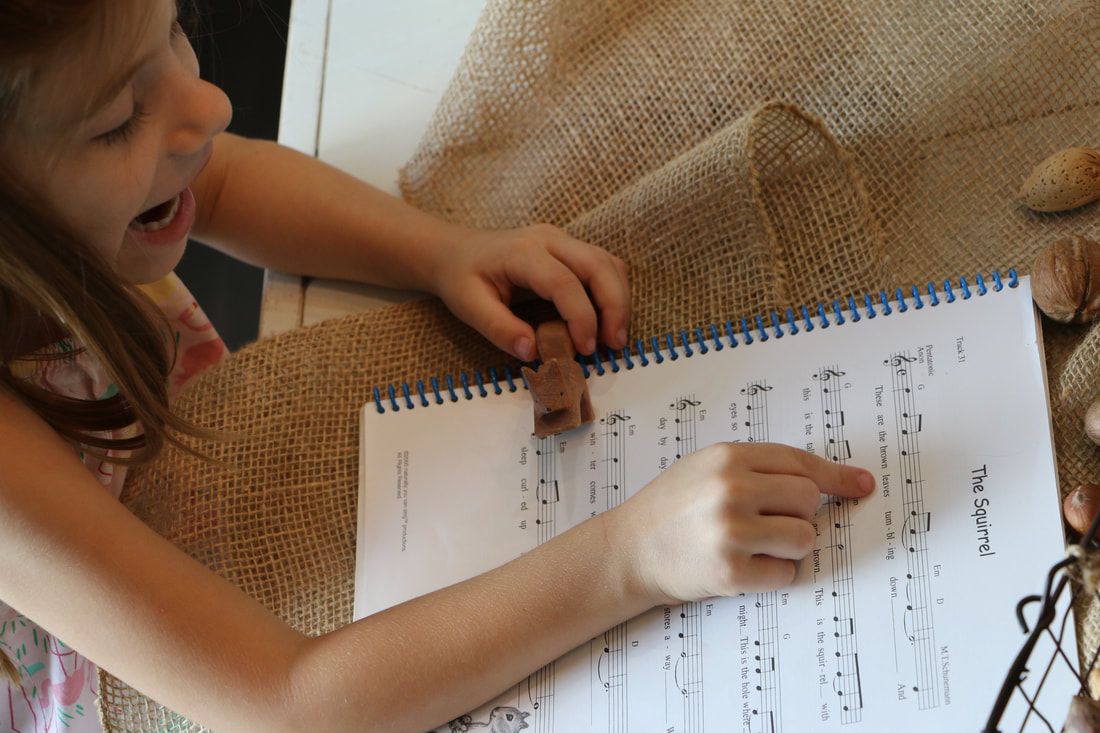
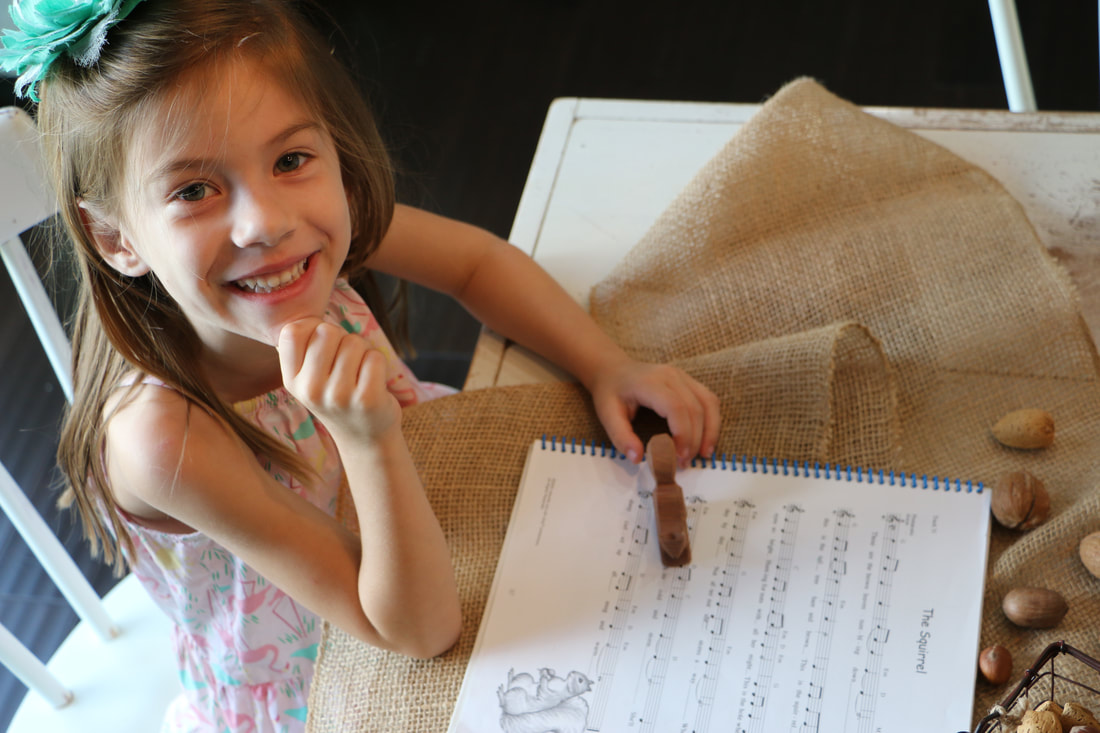
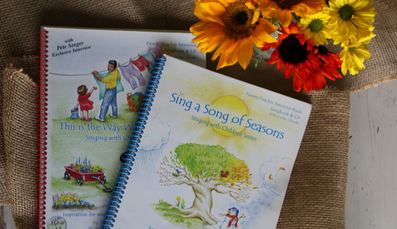
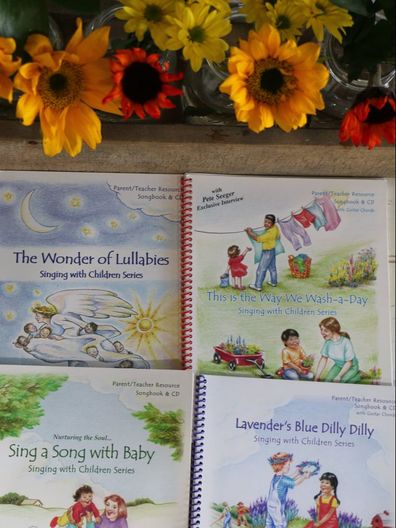
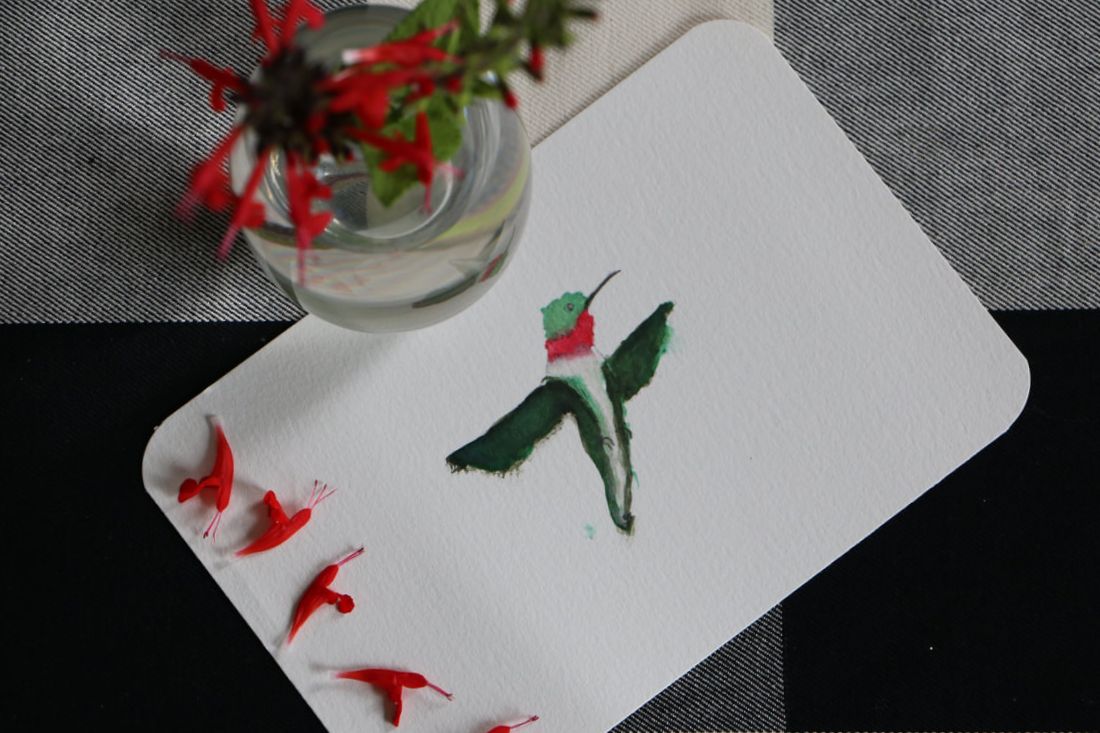
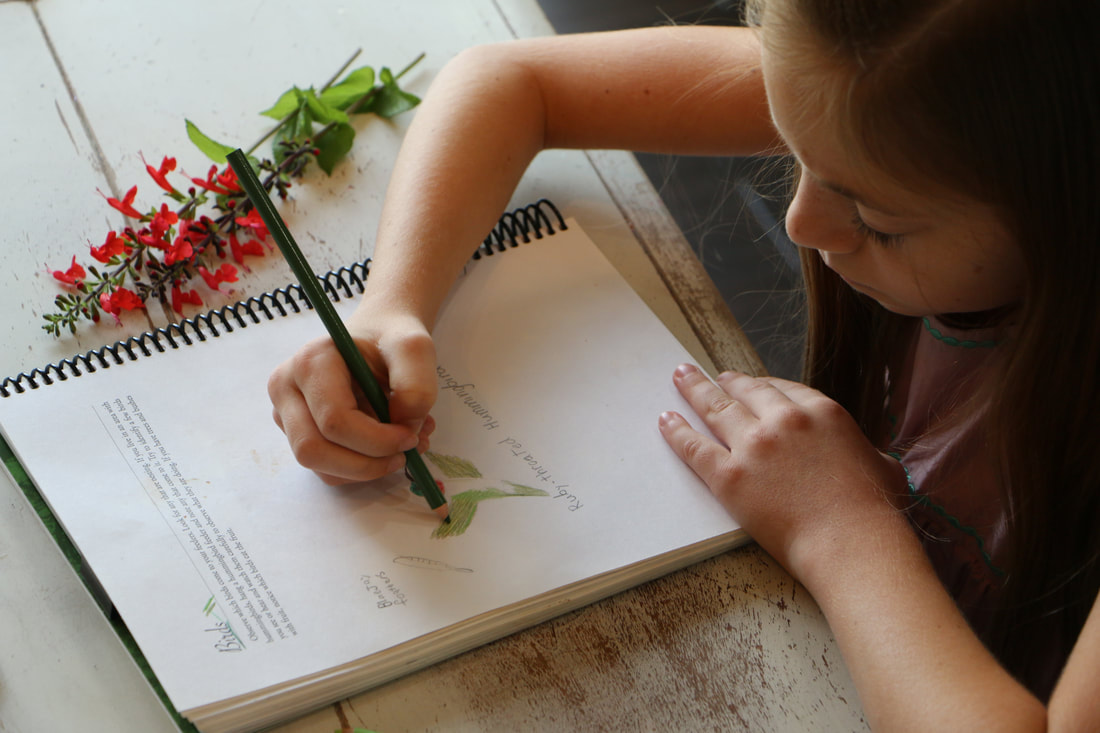
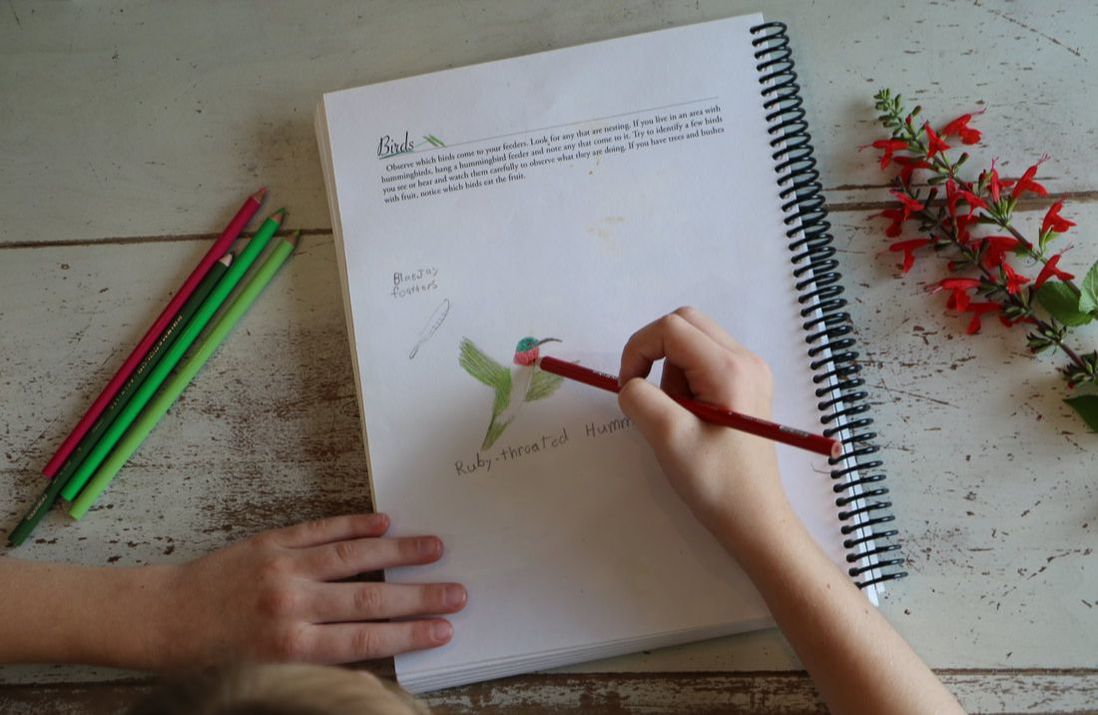
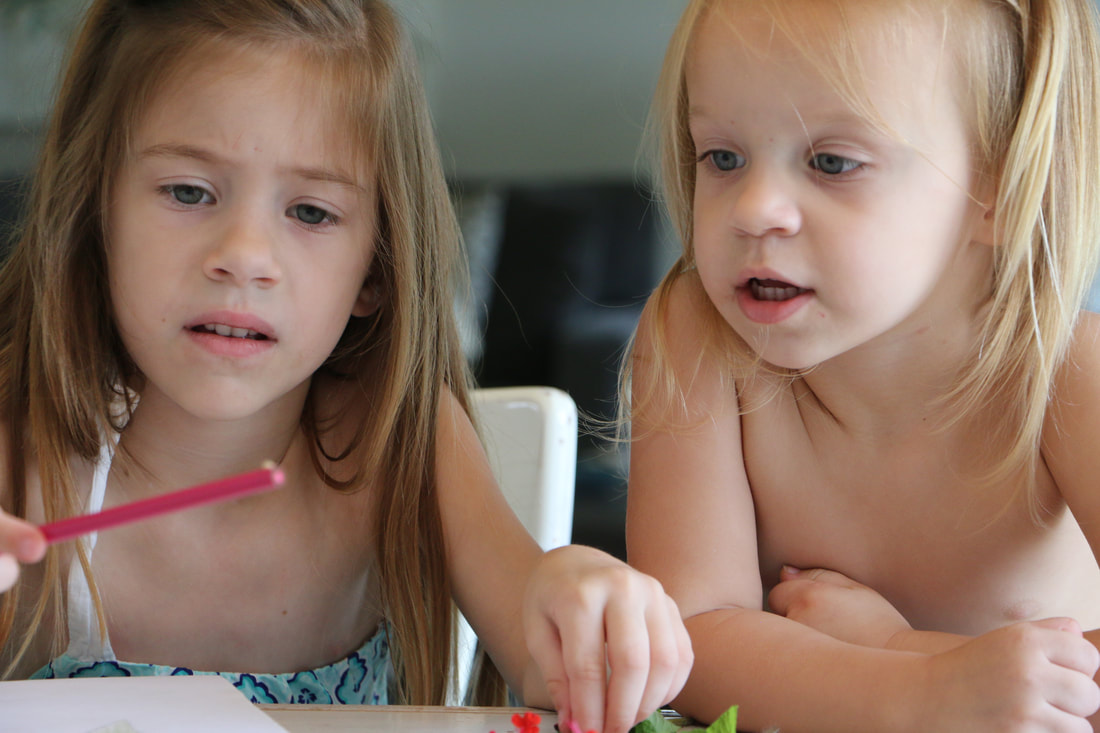
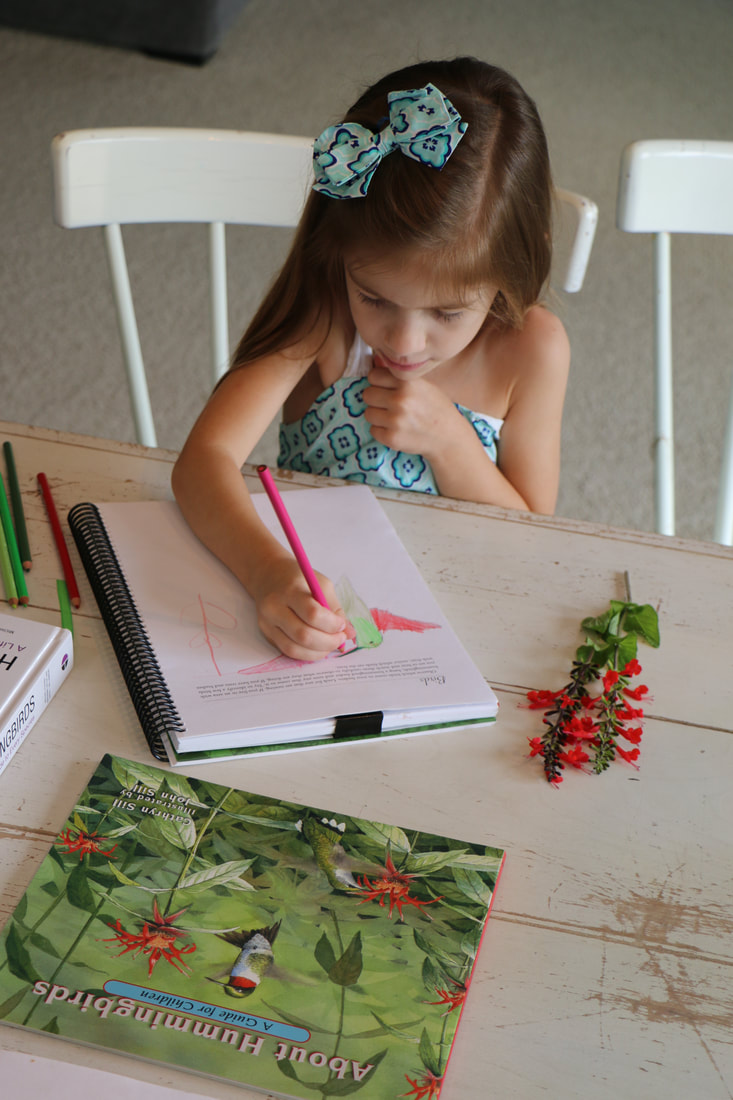
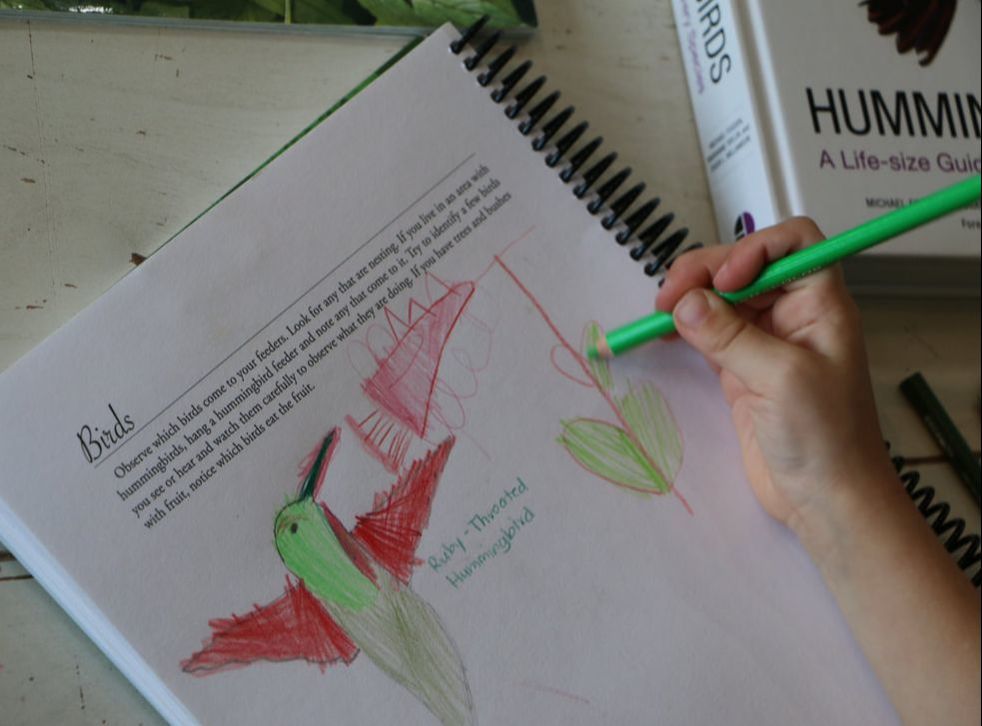
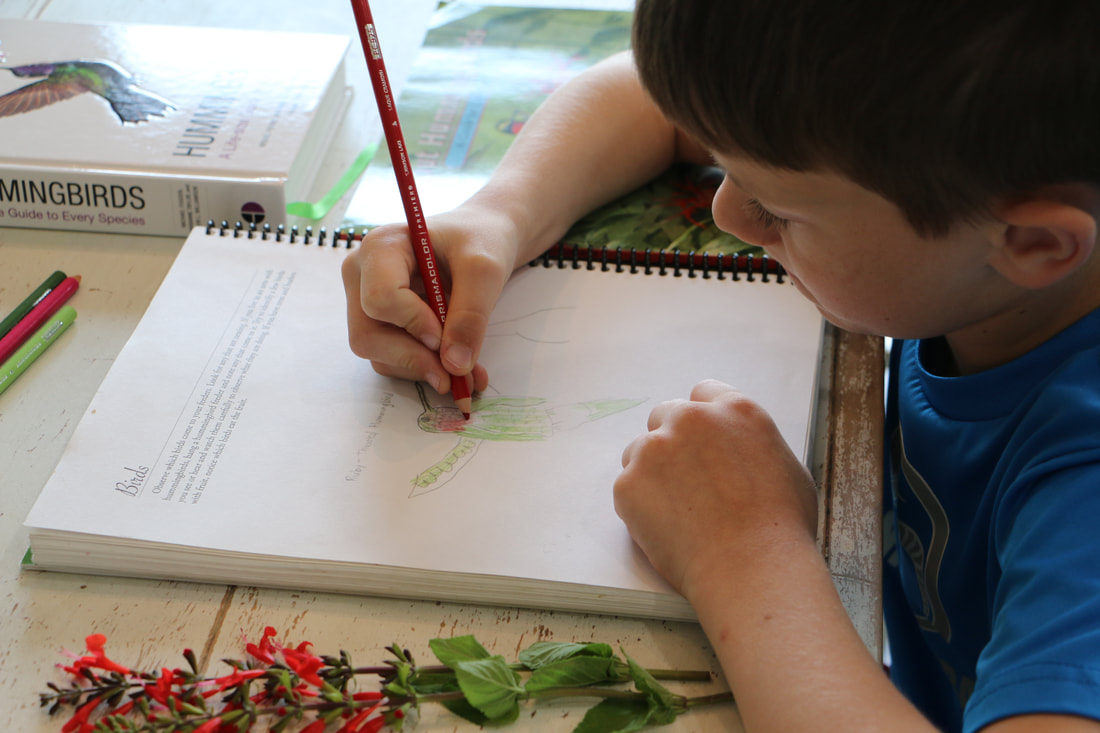
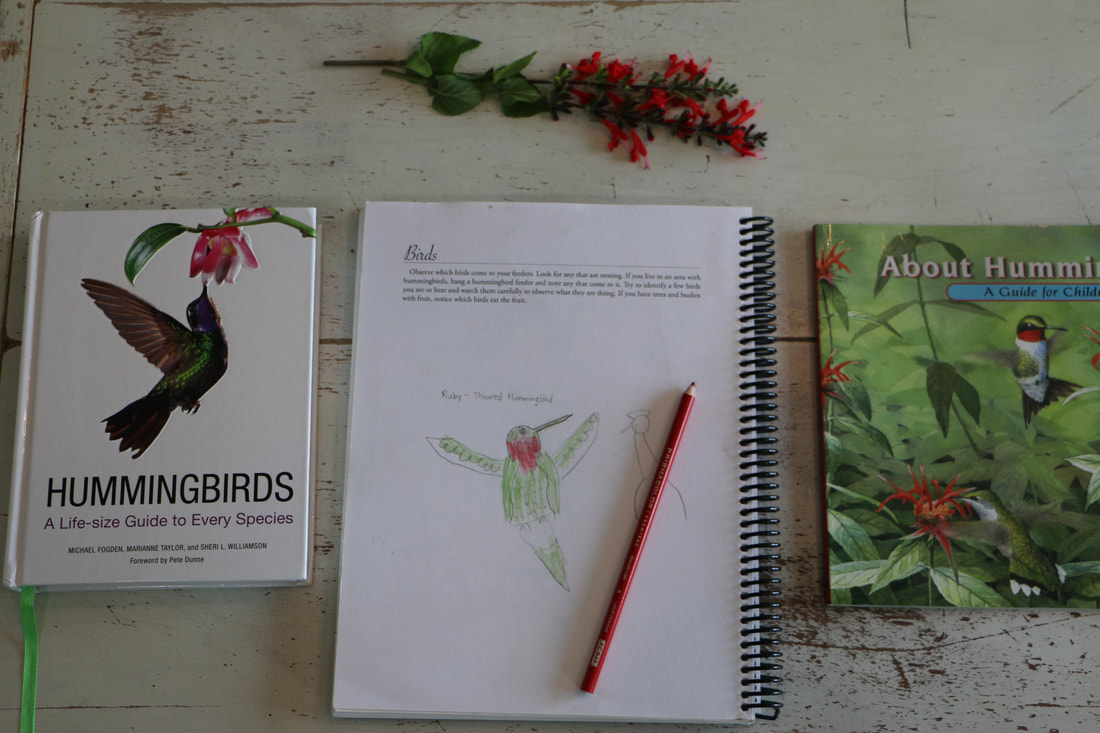
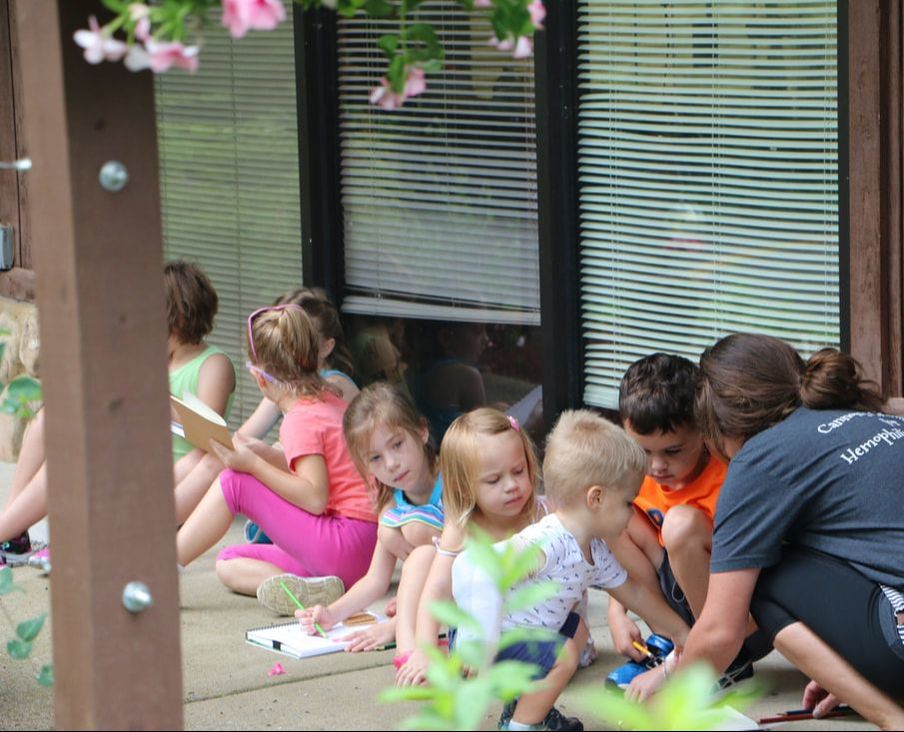
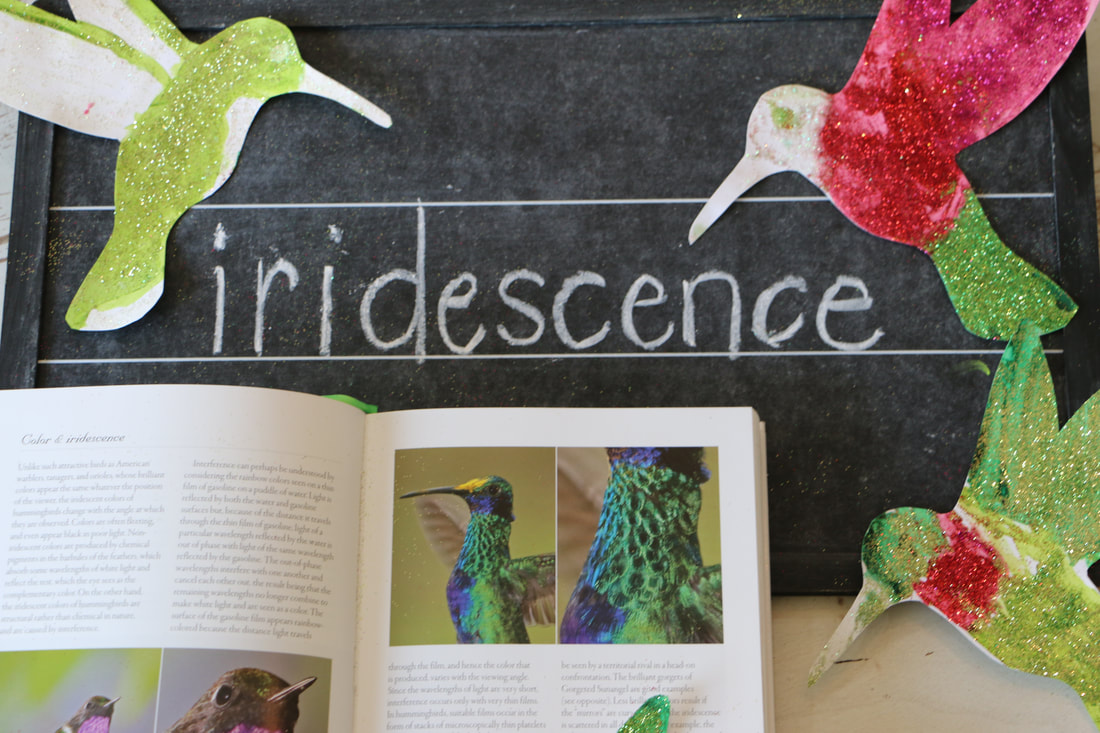
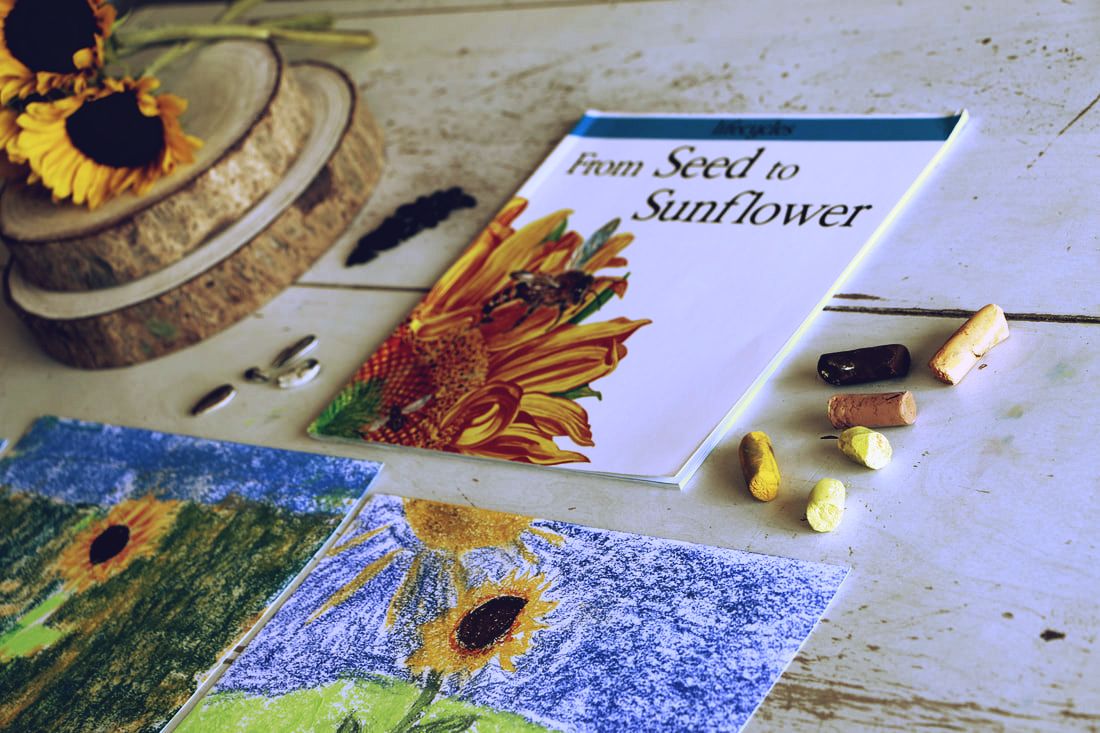
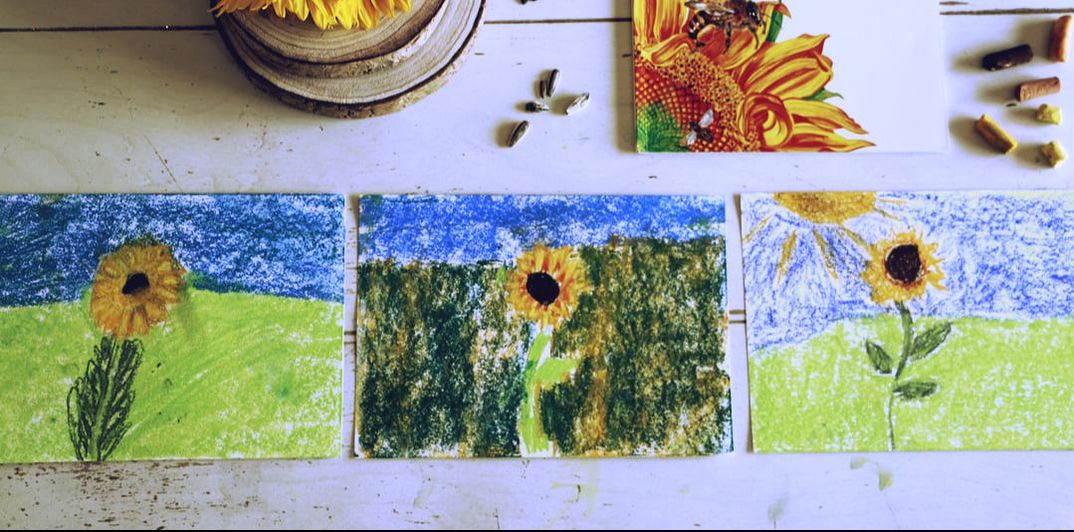
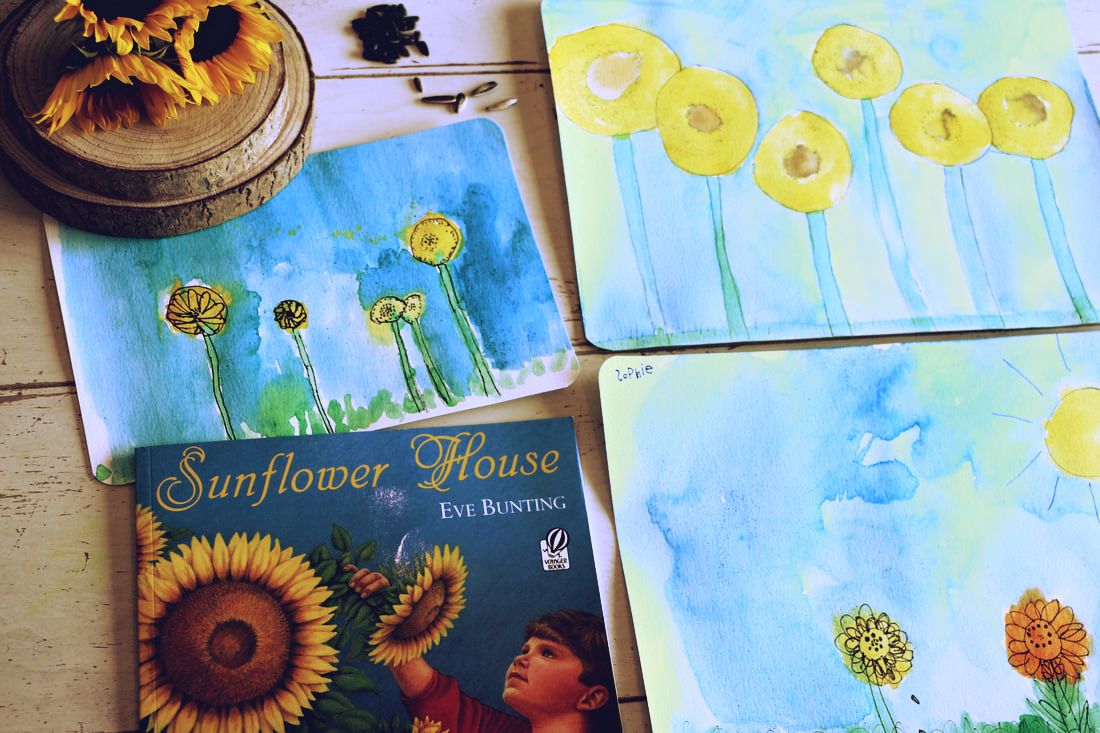
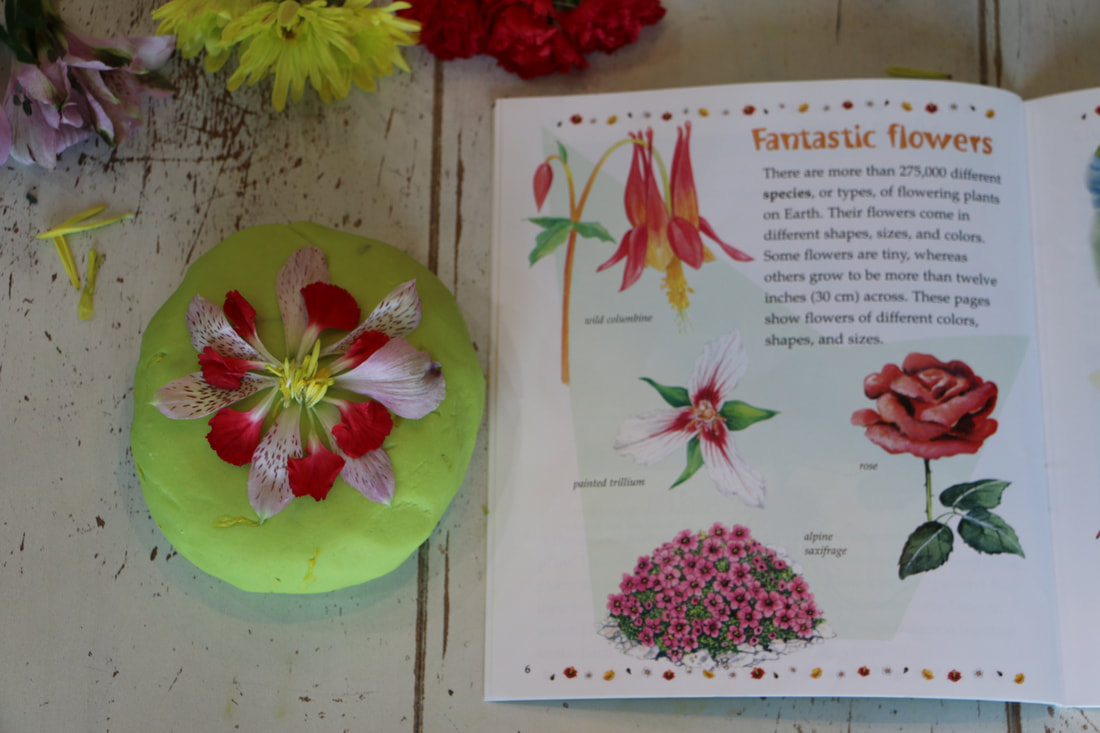
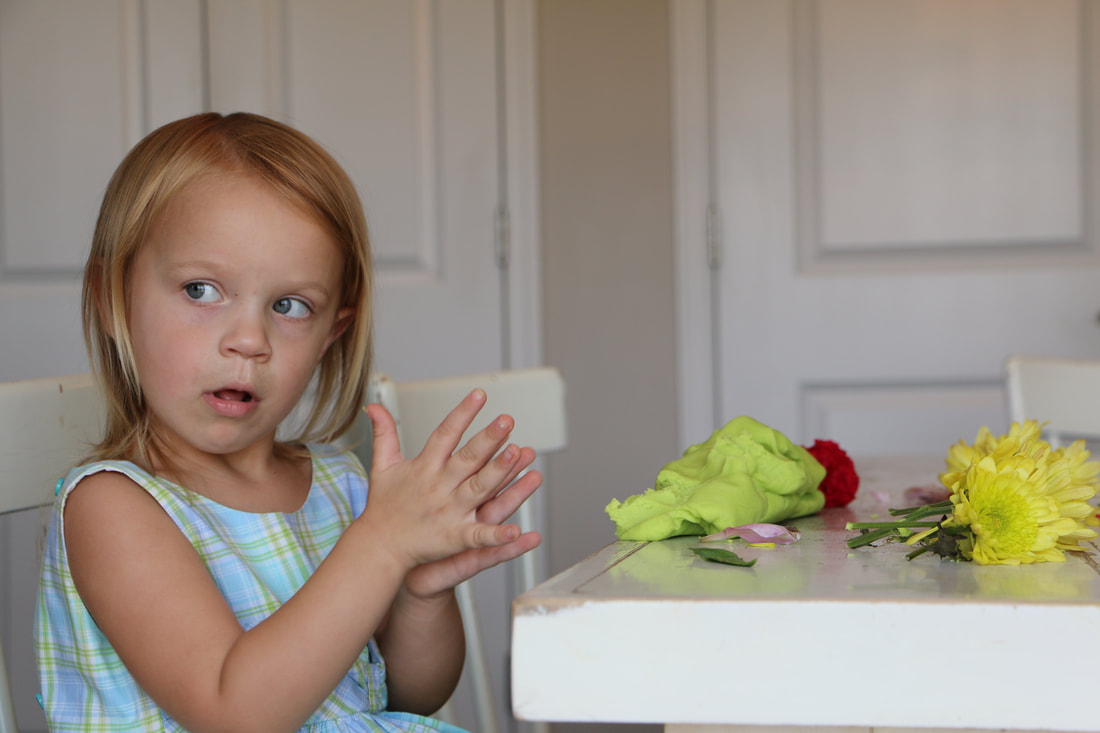
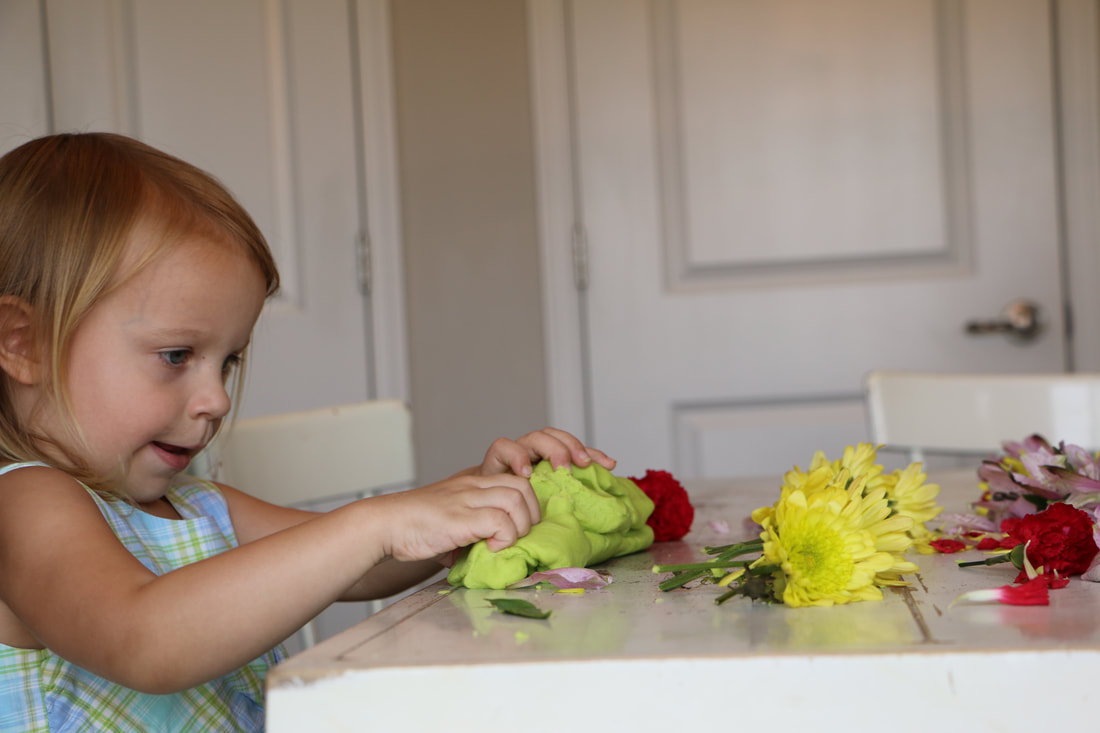
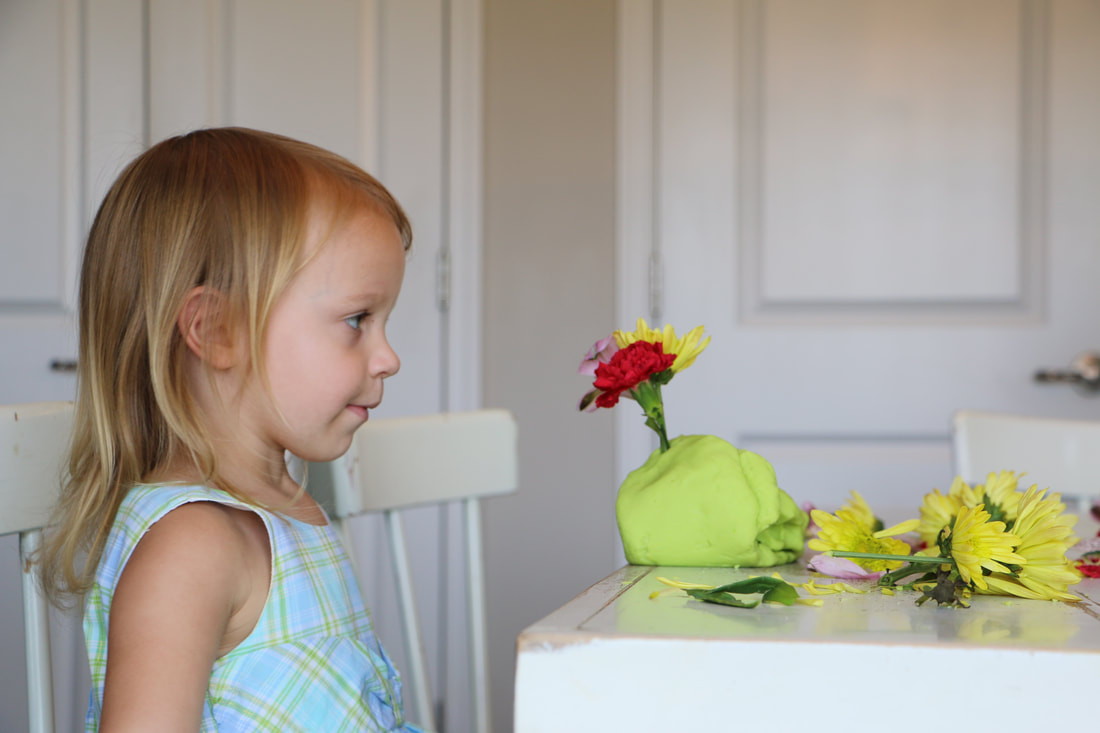
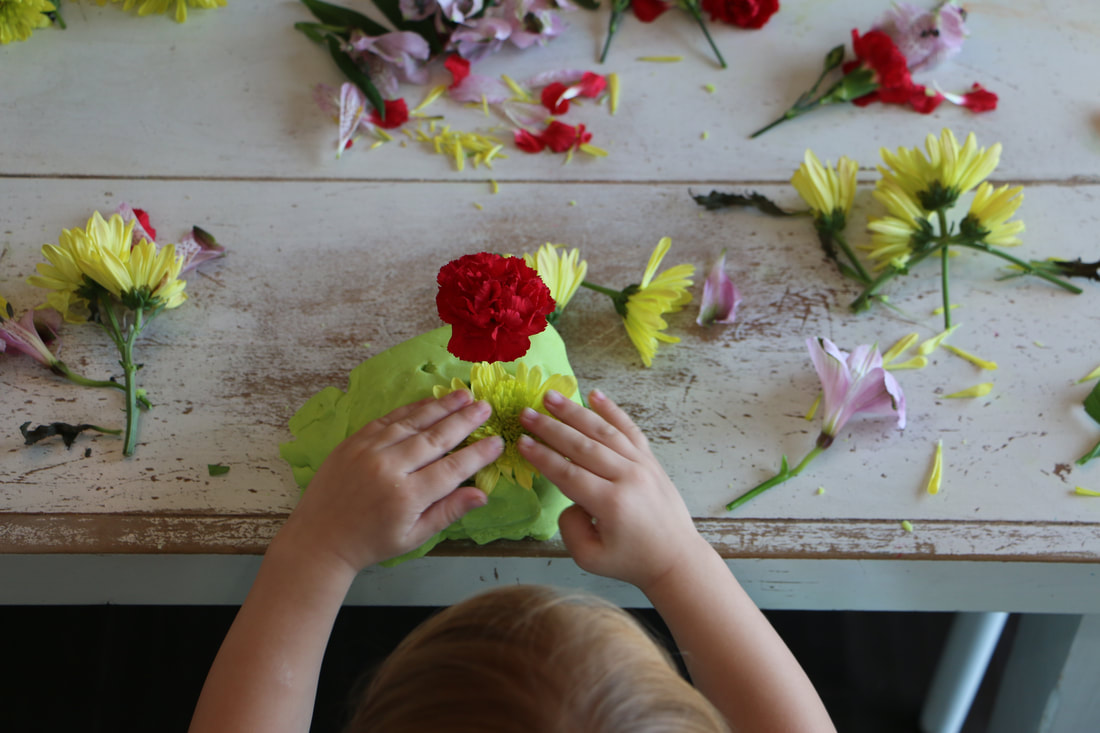
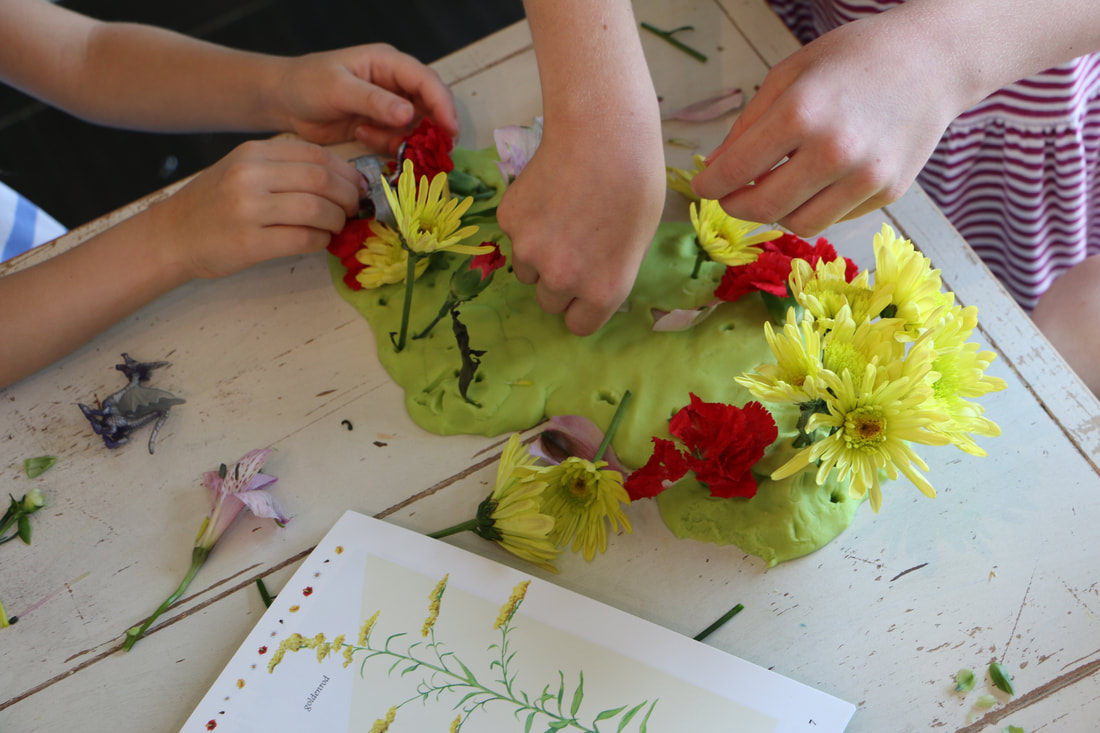
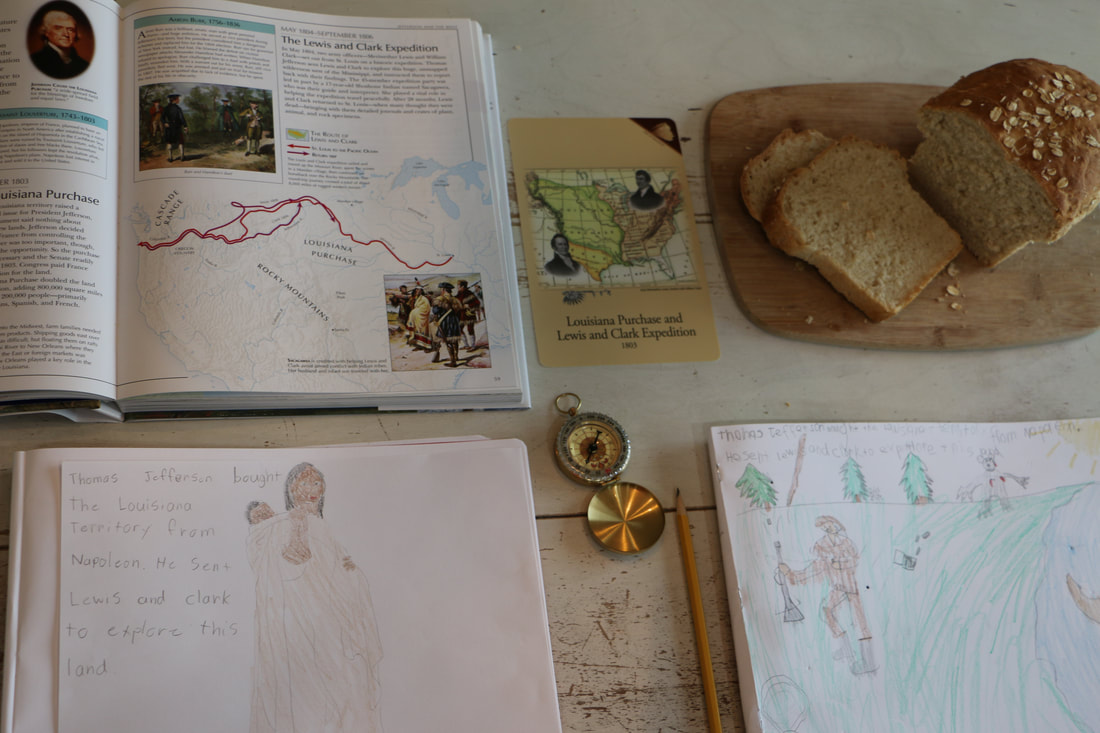
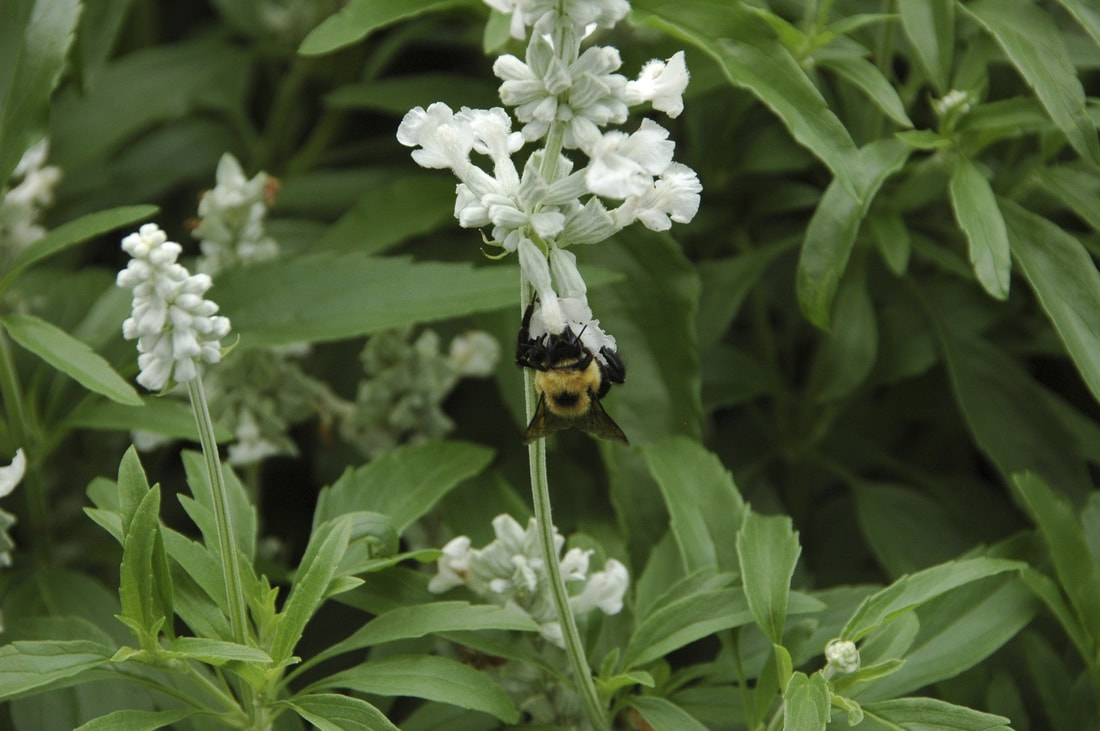
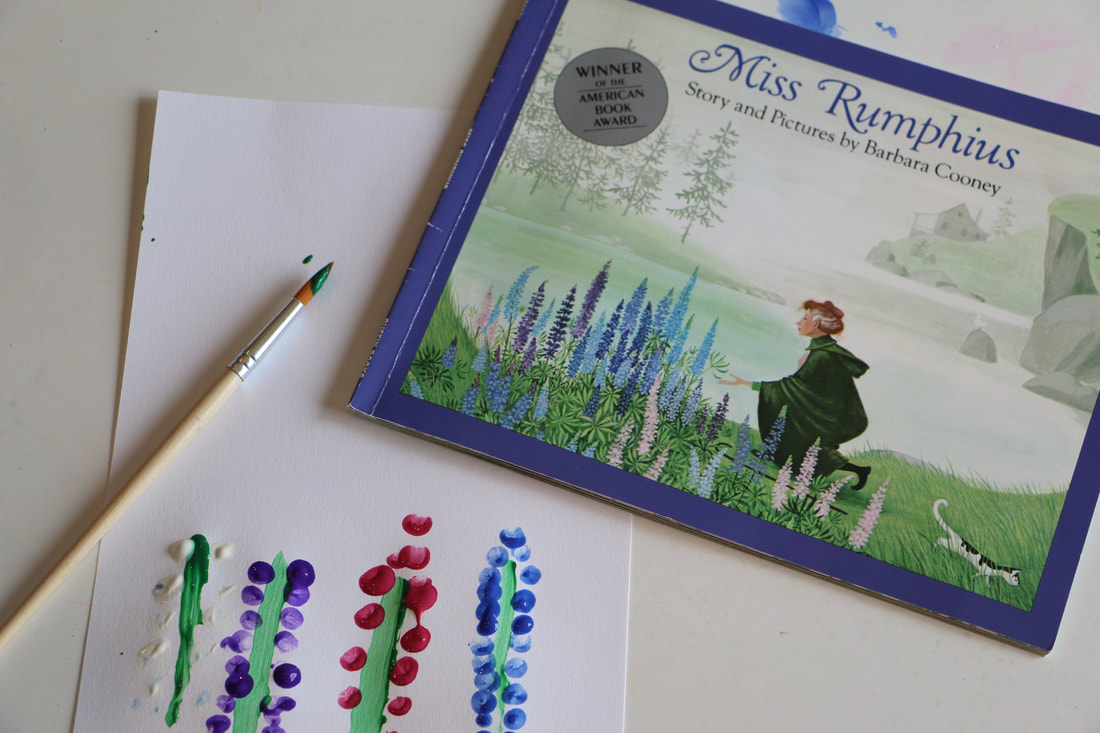
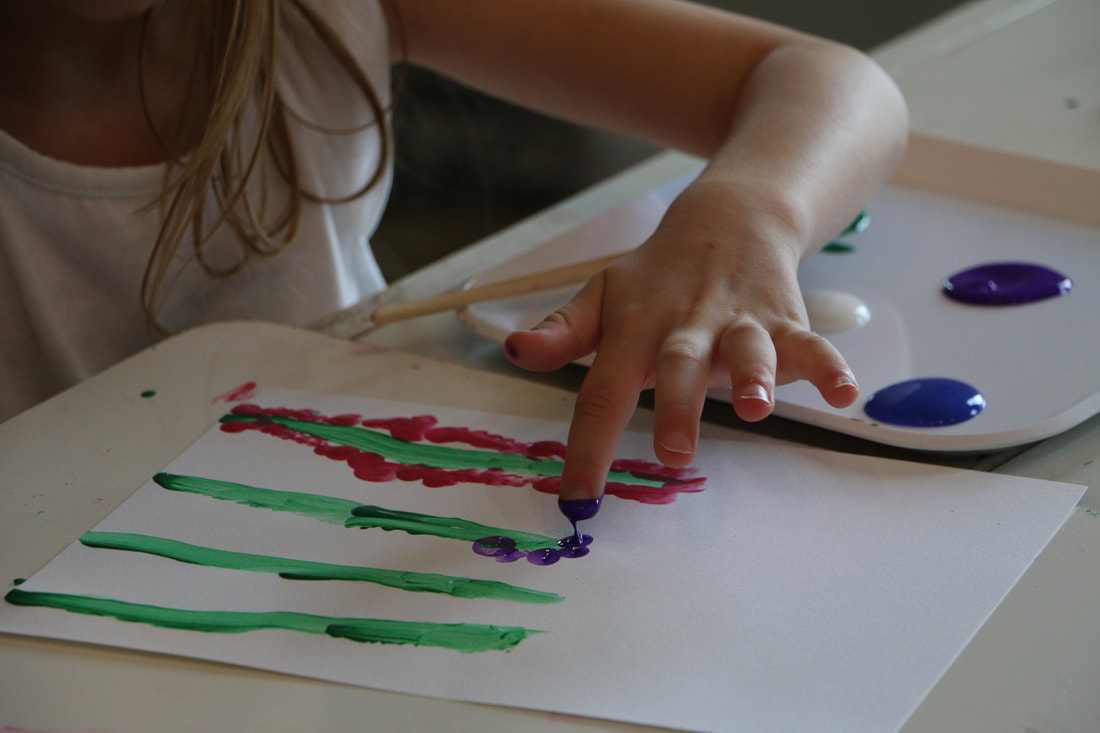
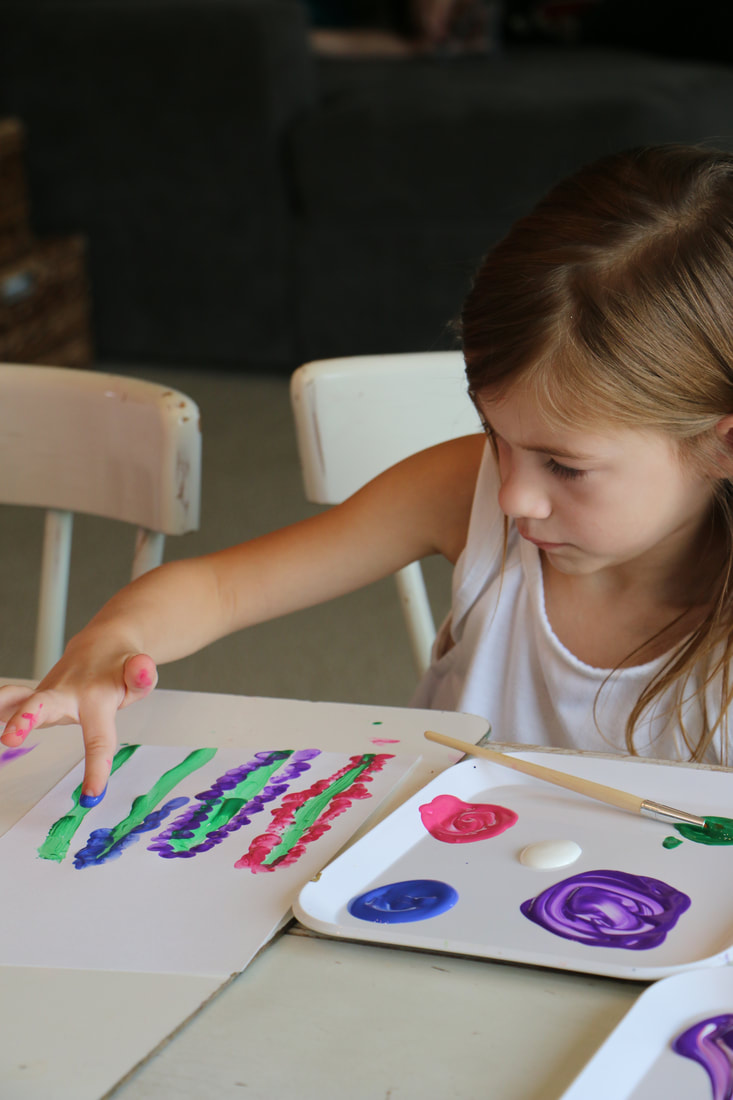
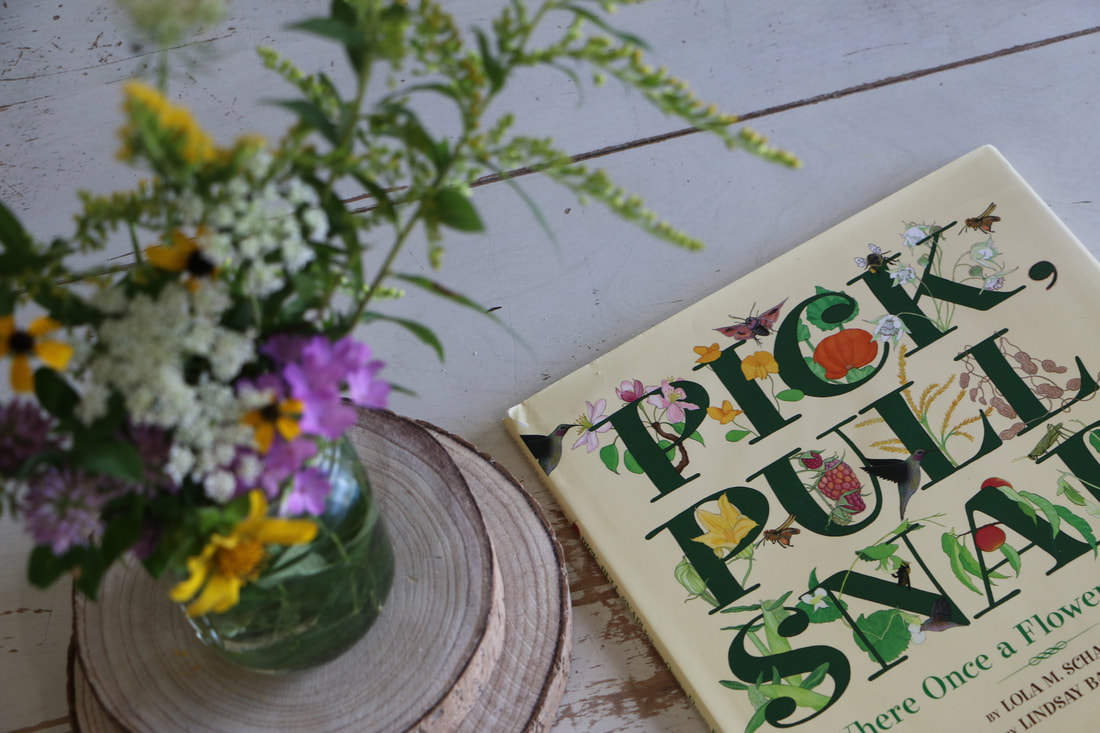
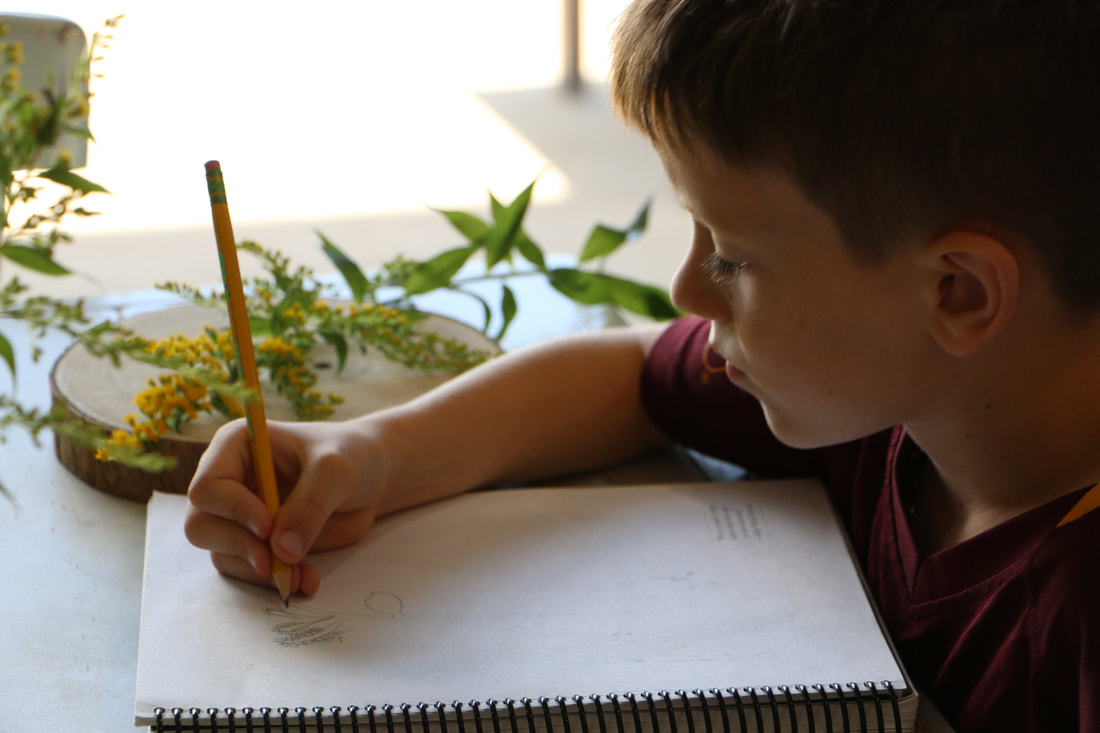
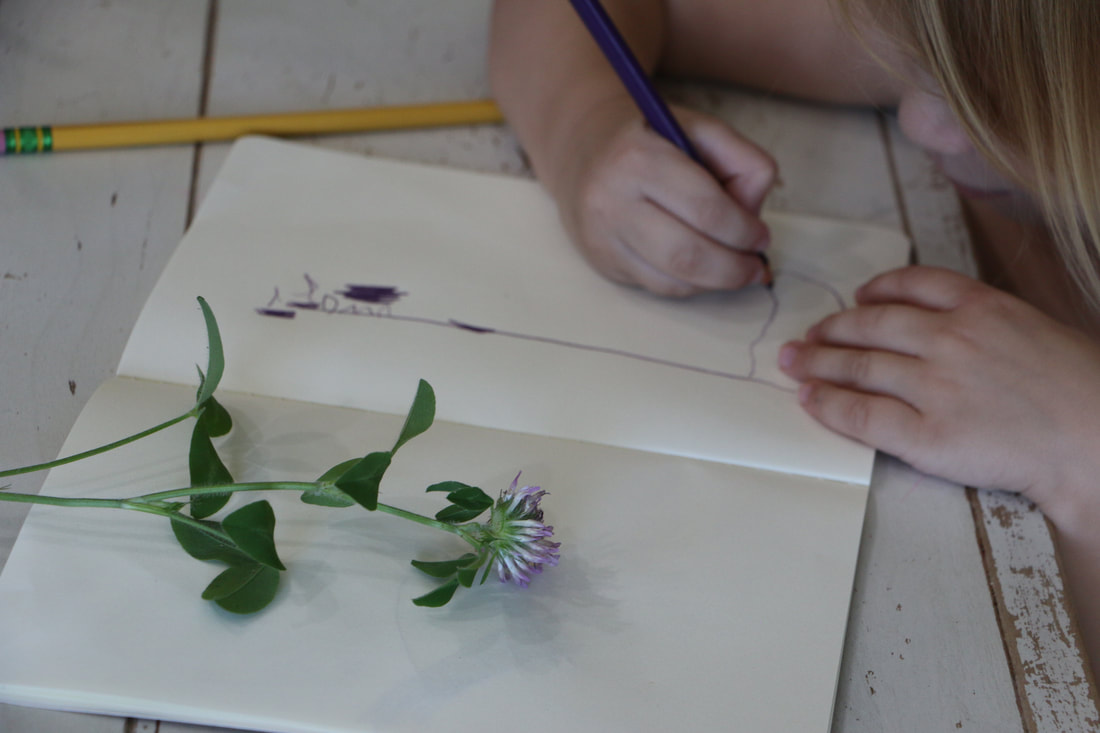
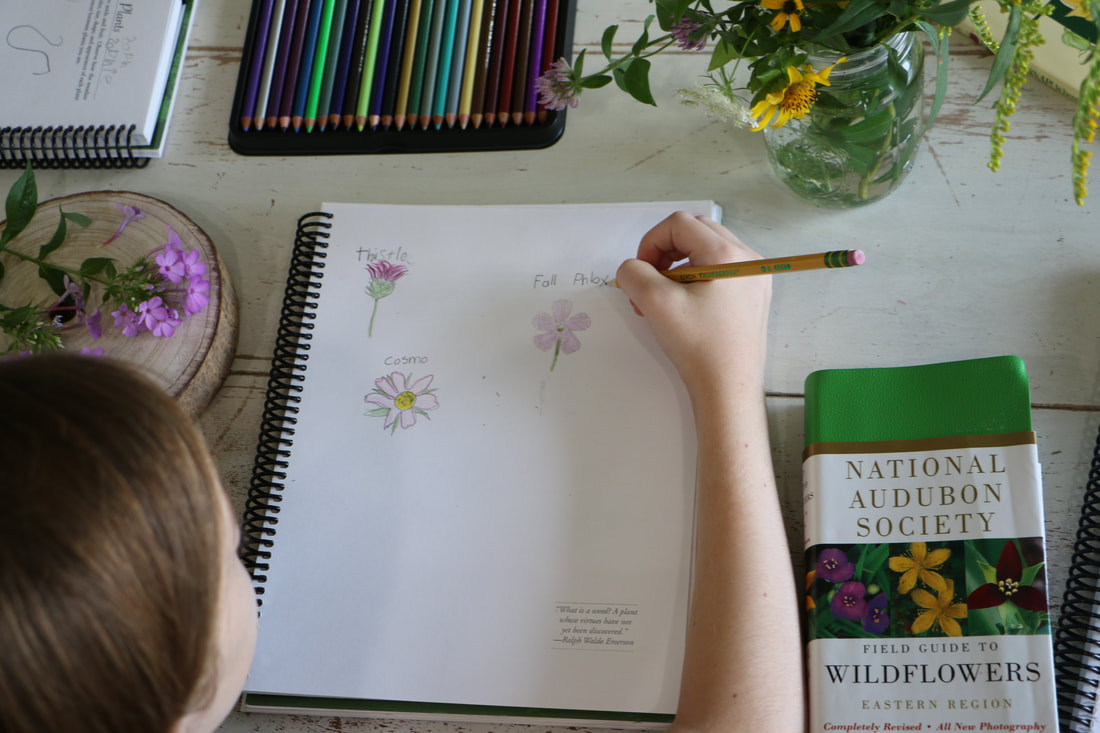
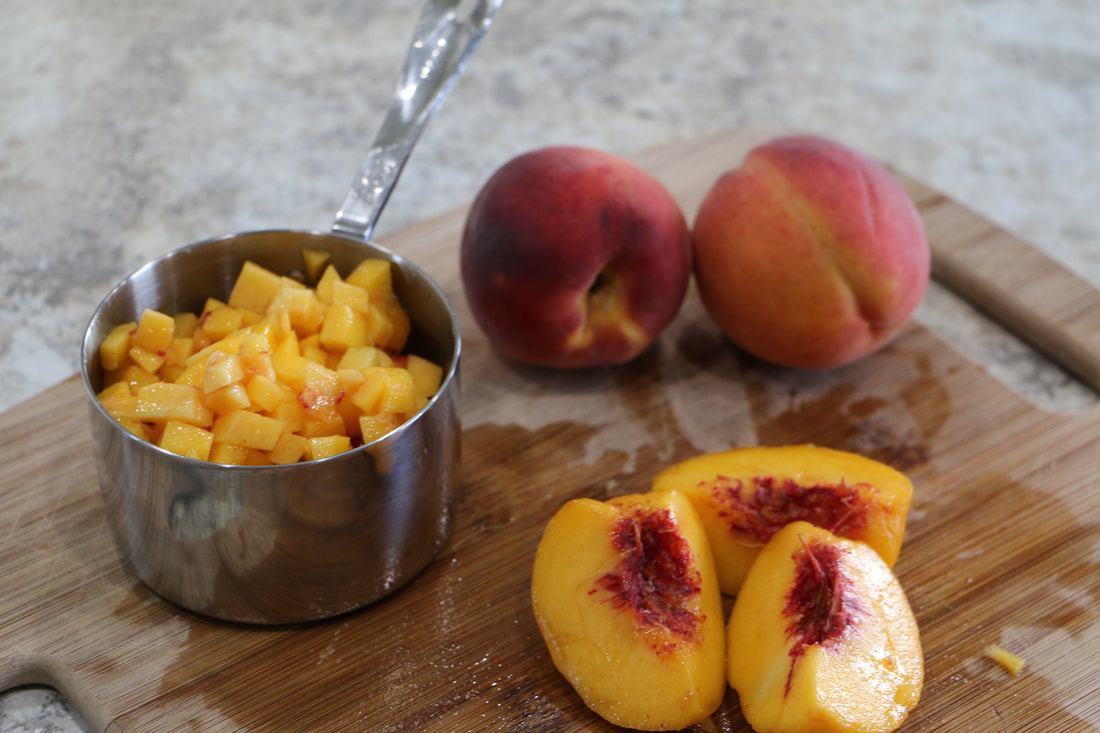
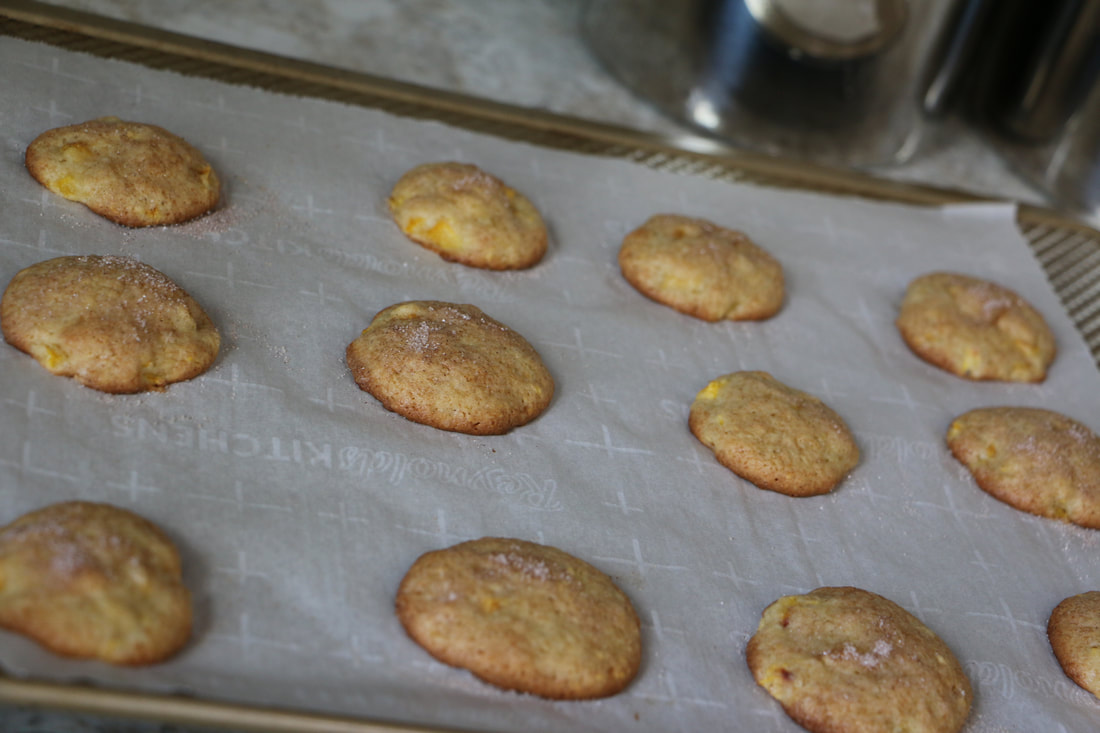
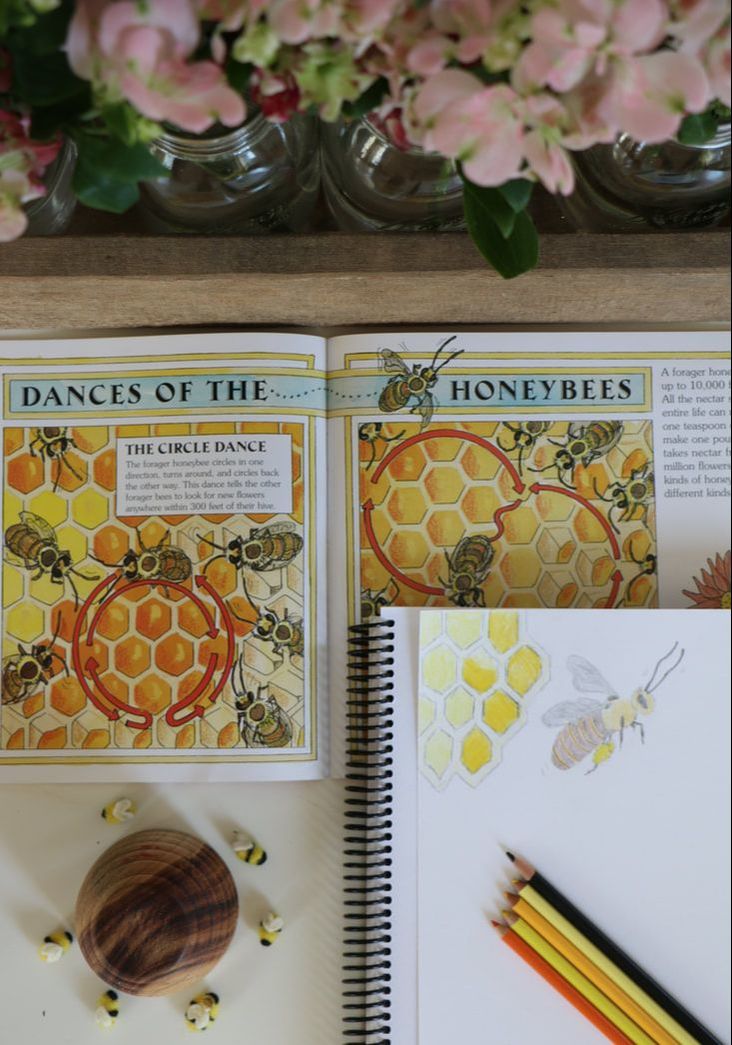
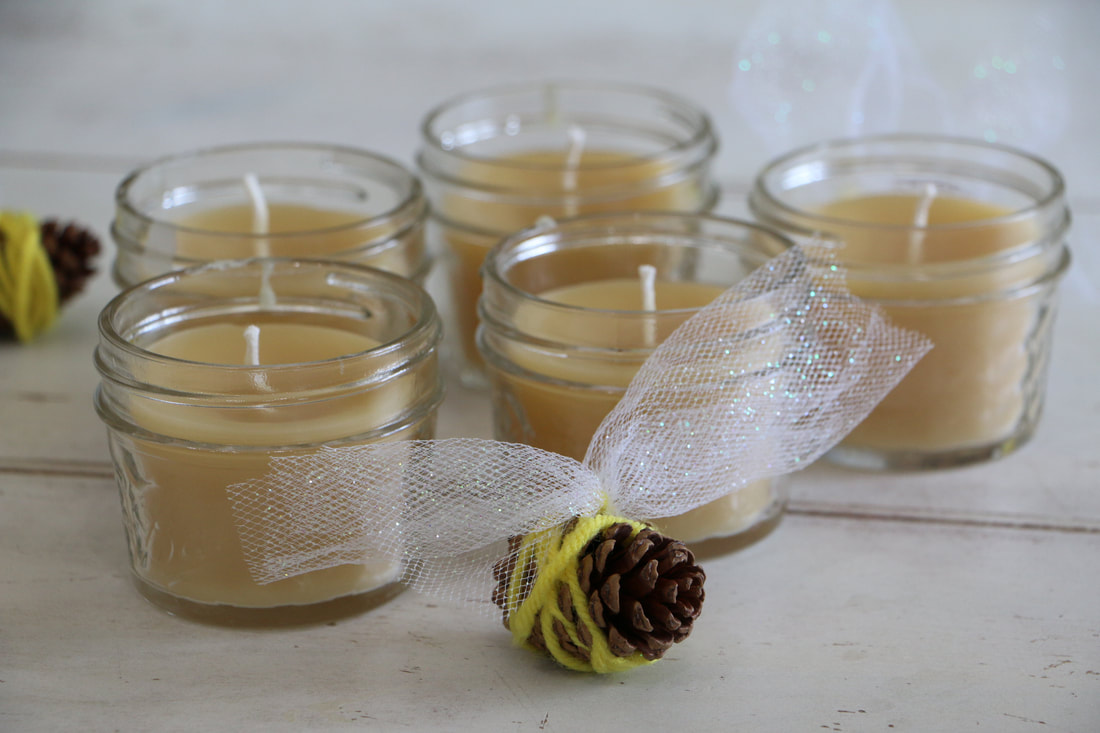
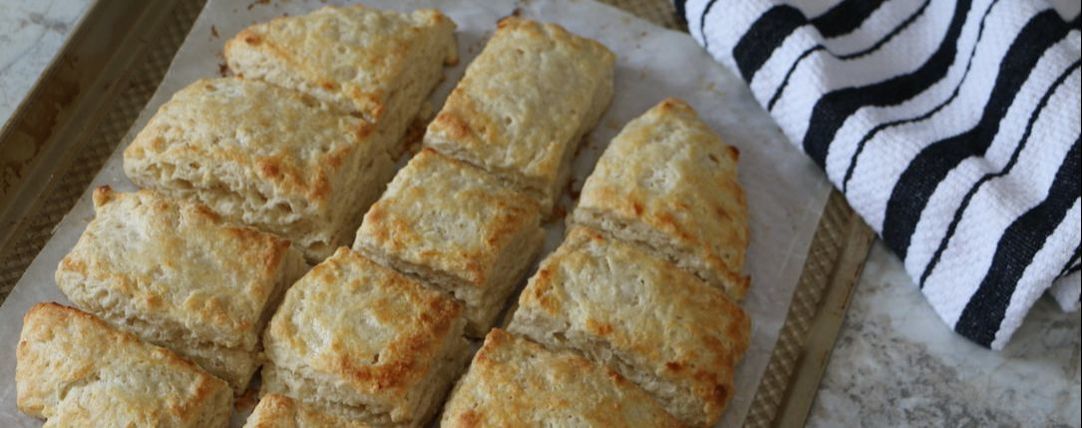
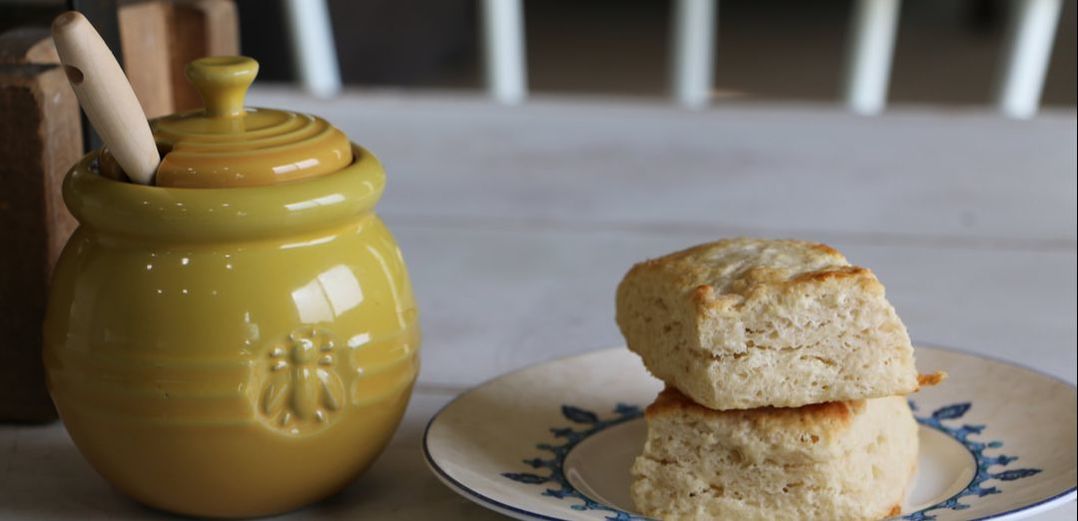
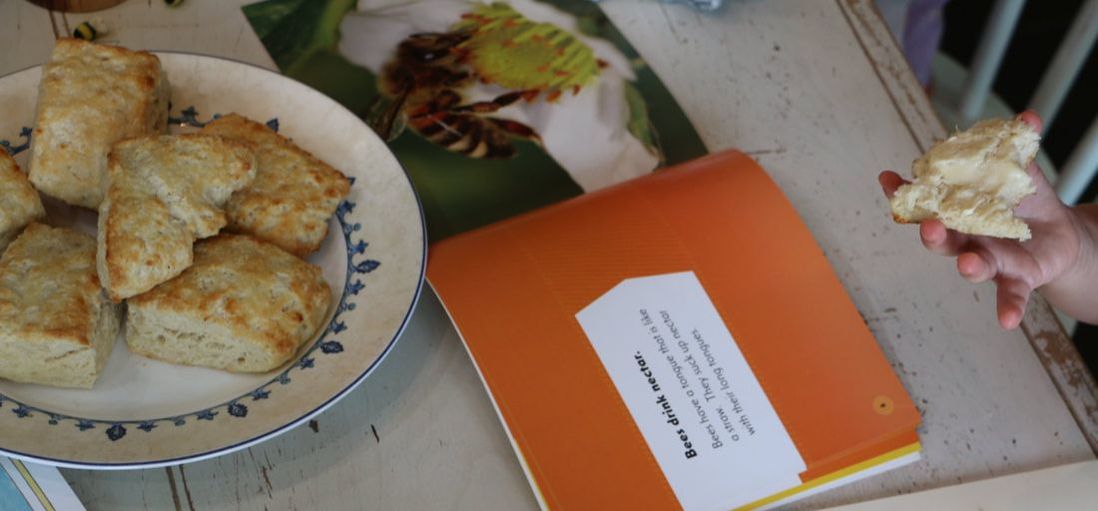
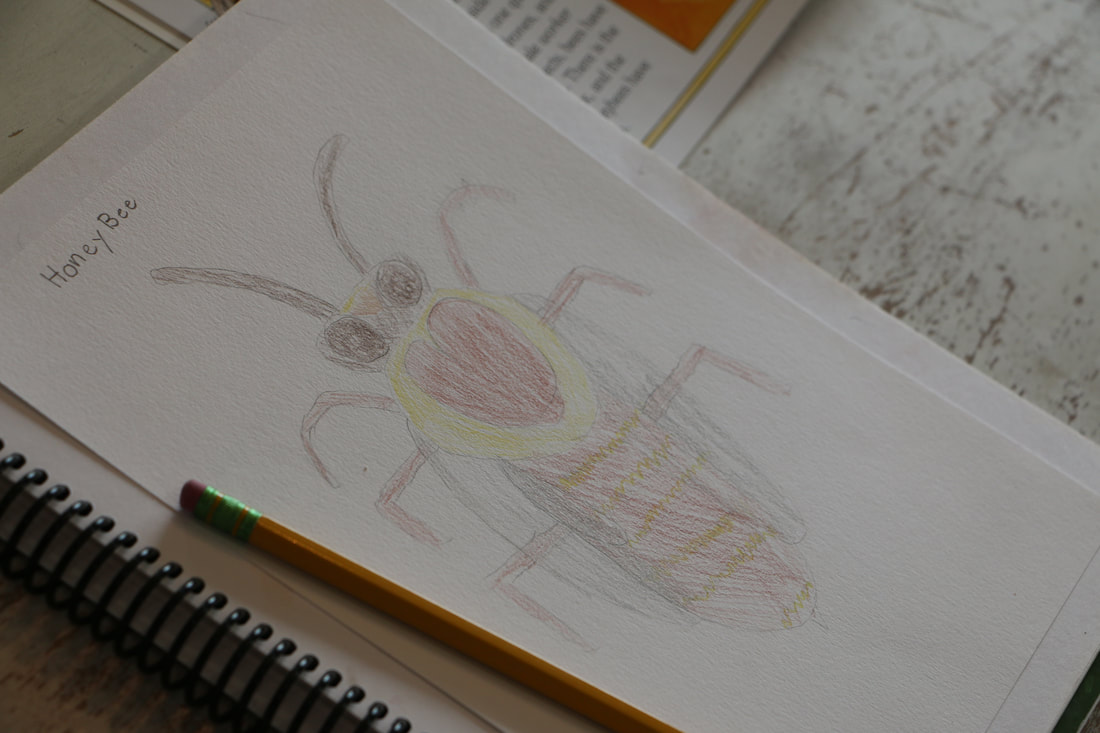
 RSS Feed
RSS Feed
